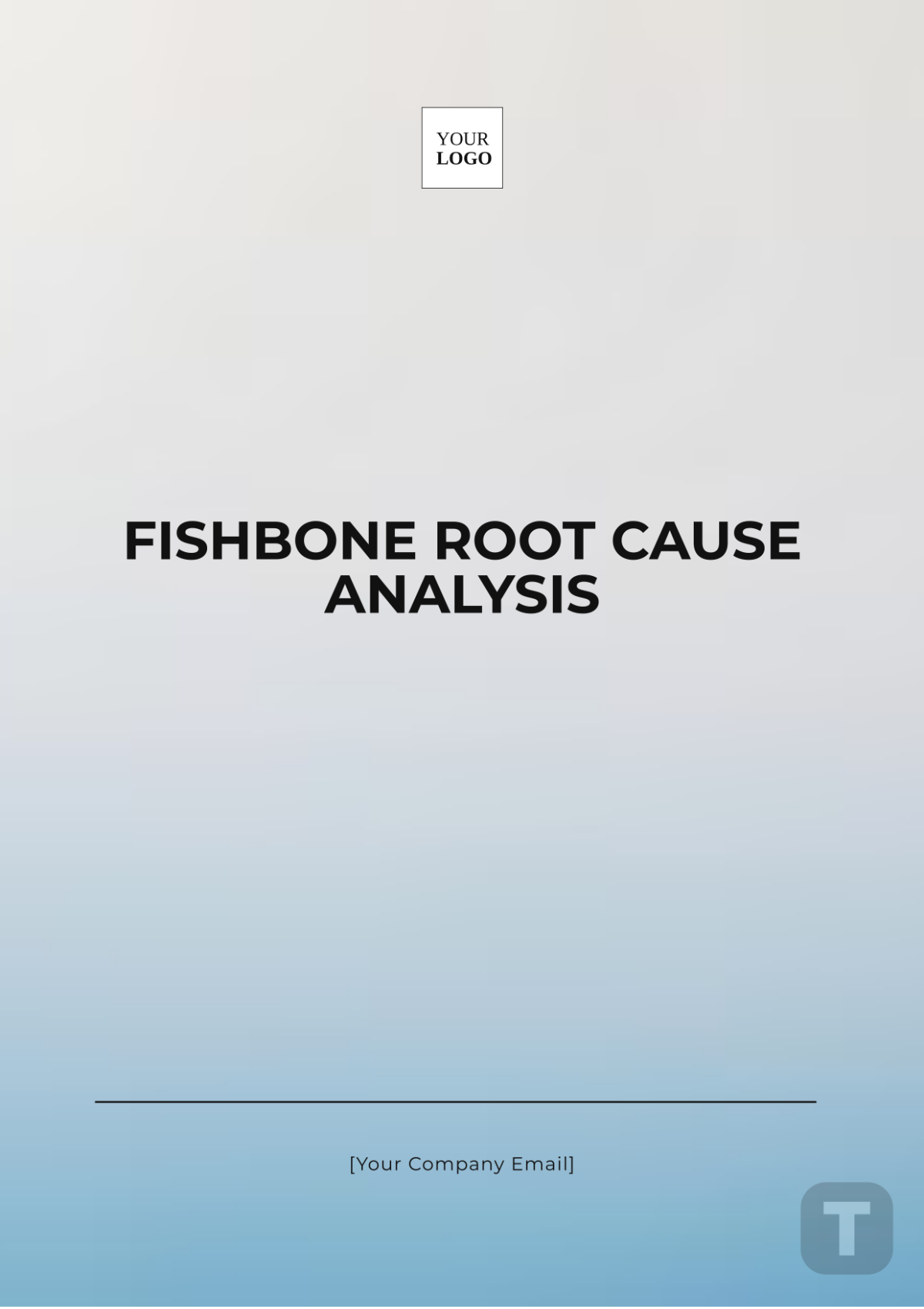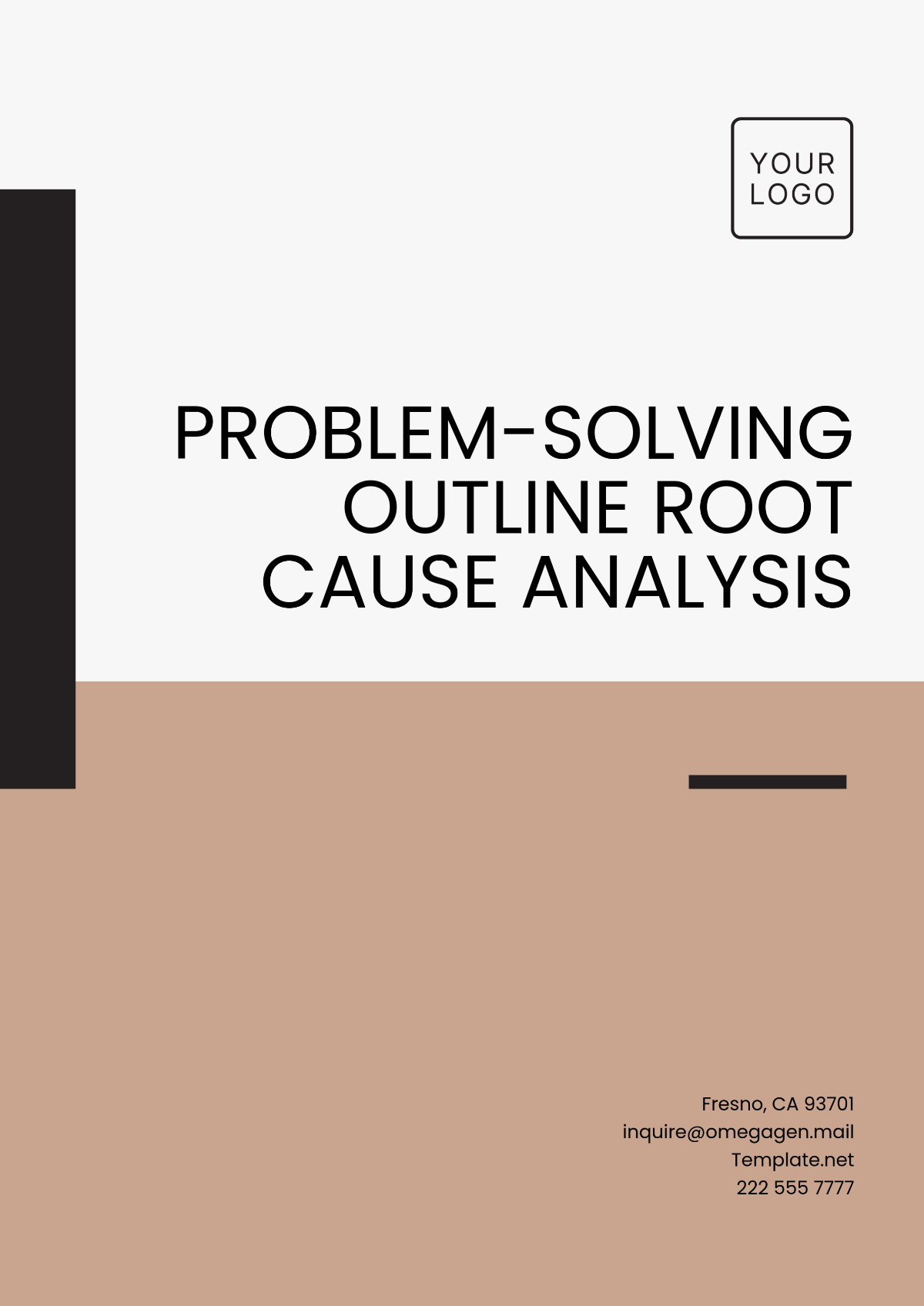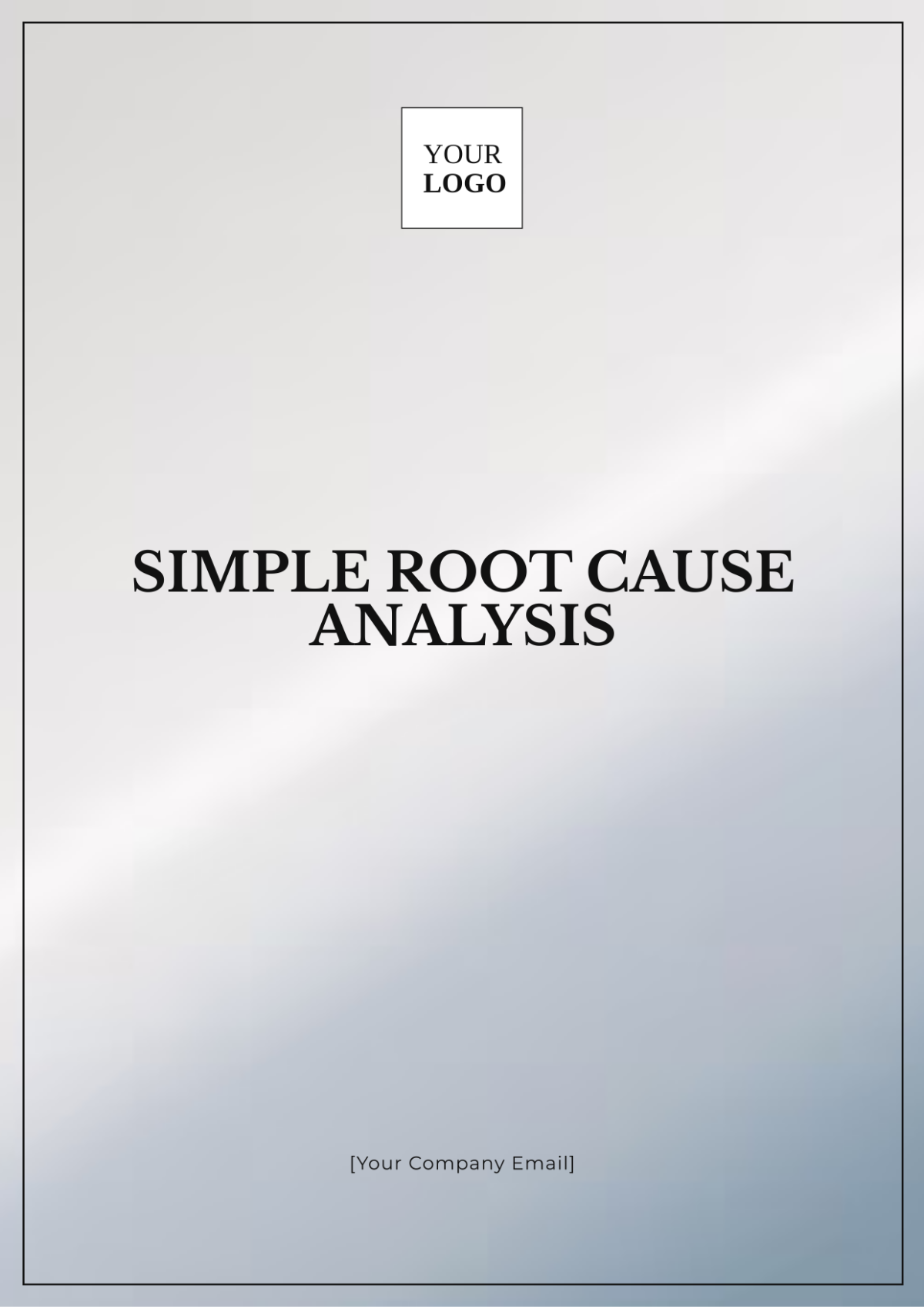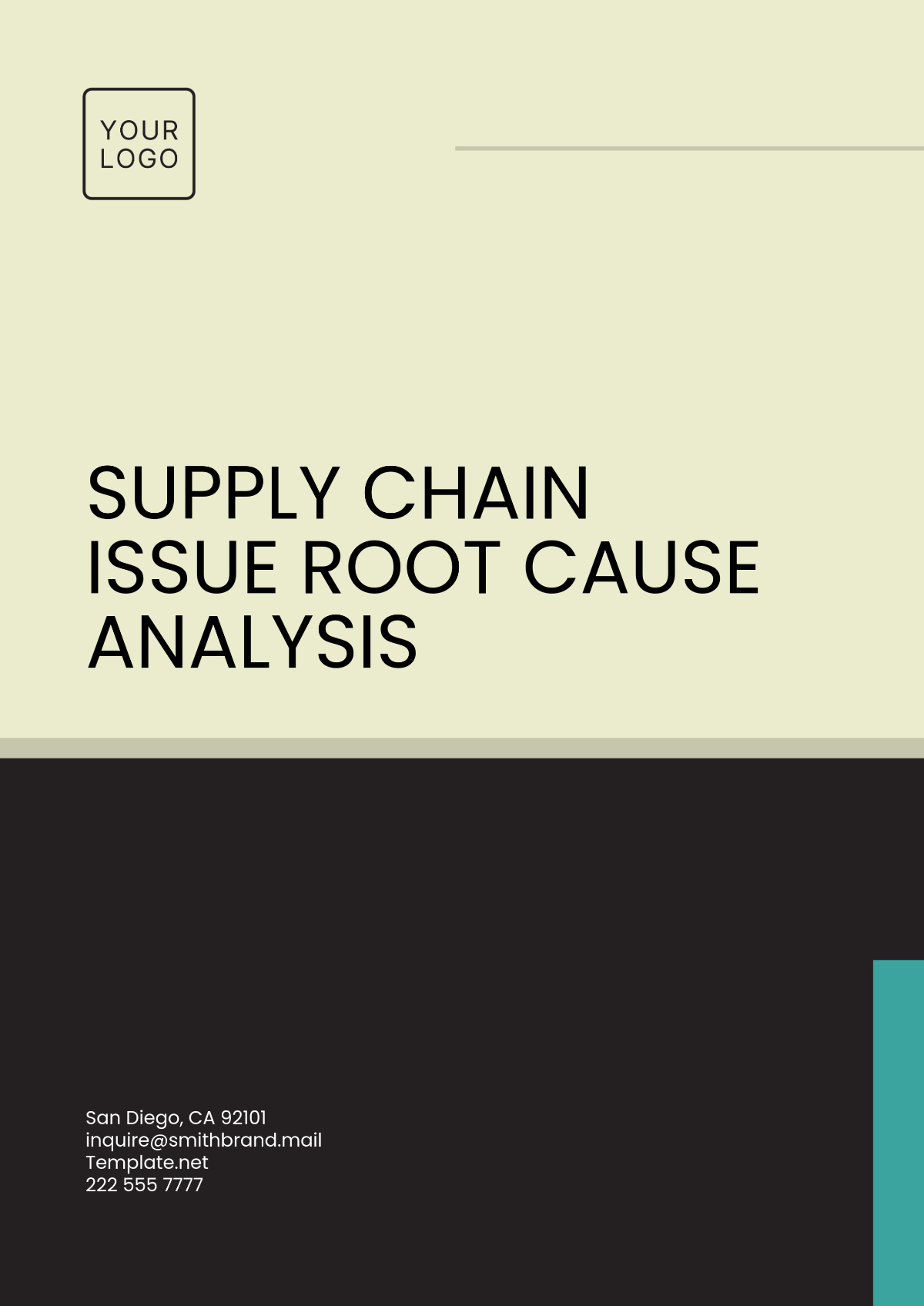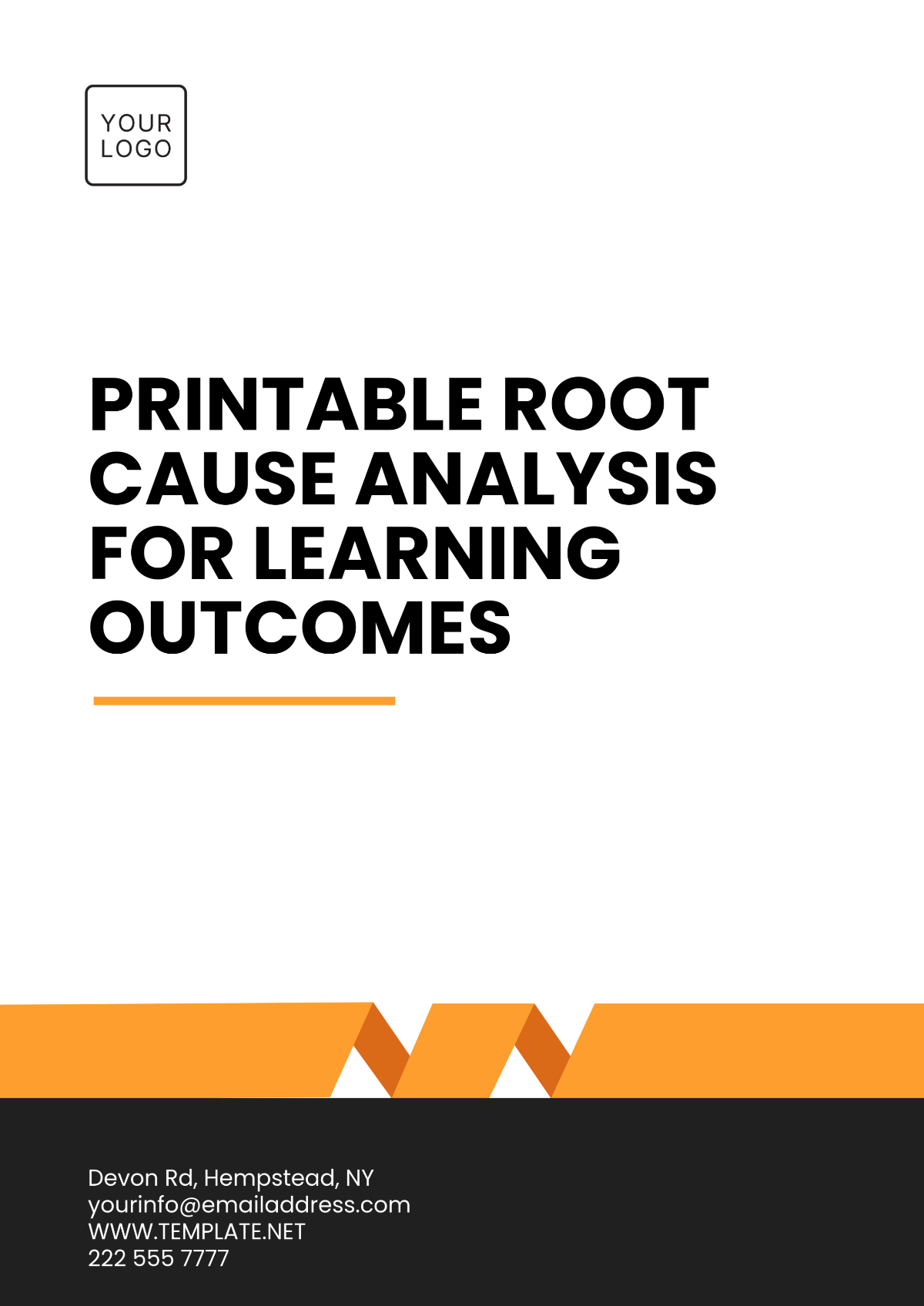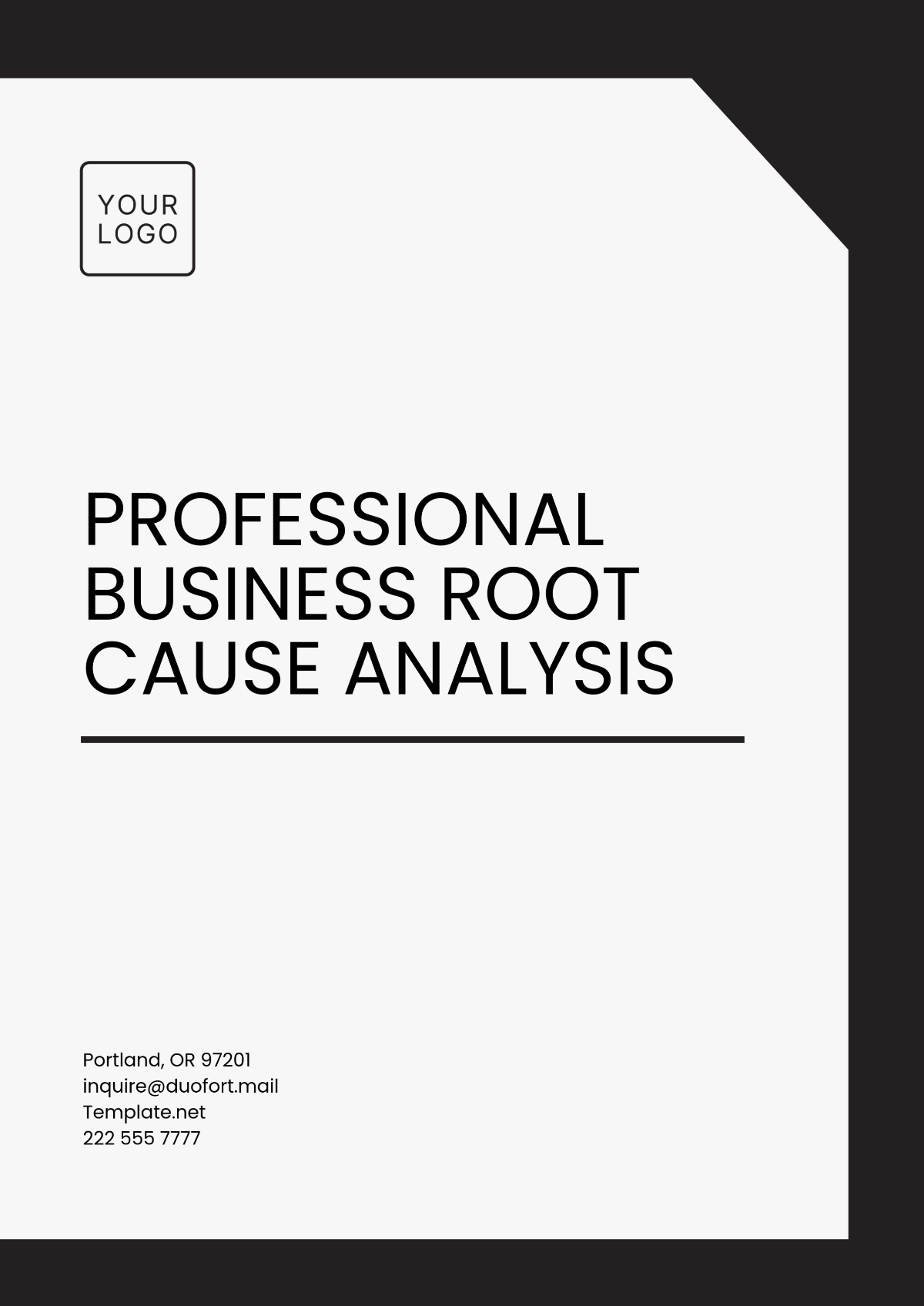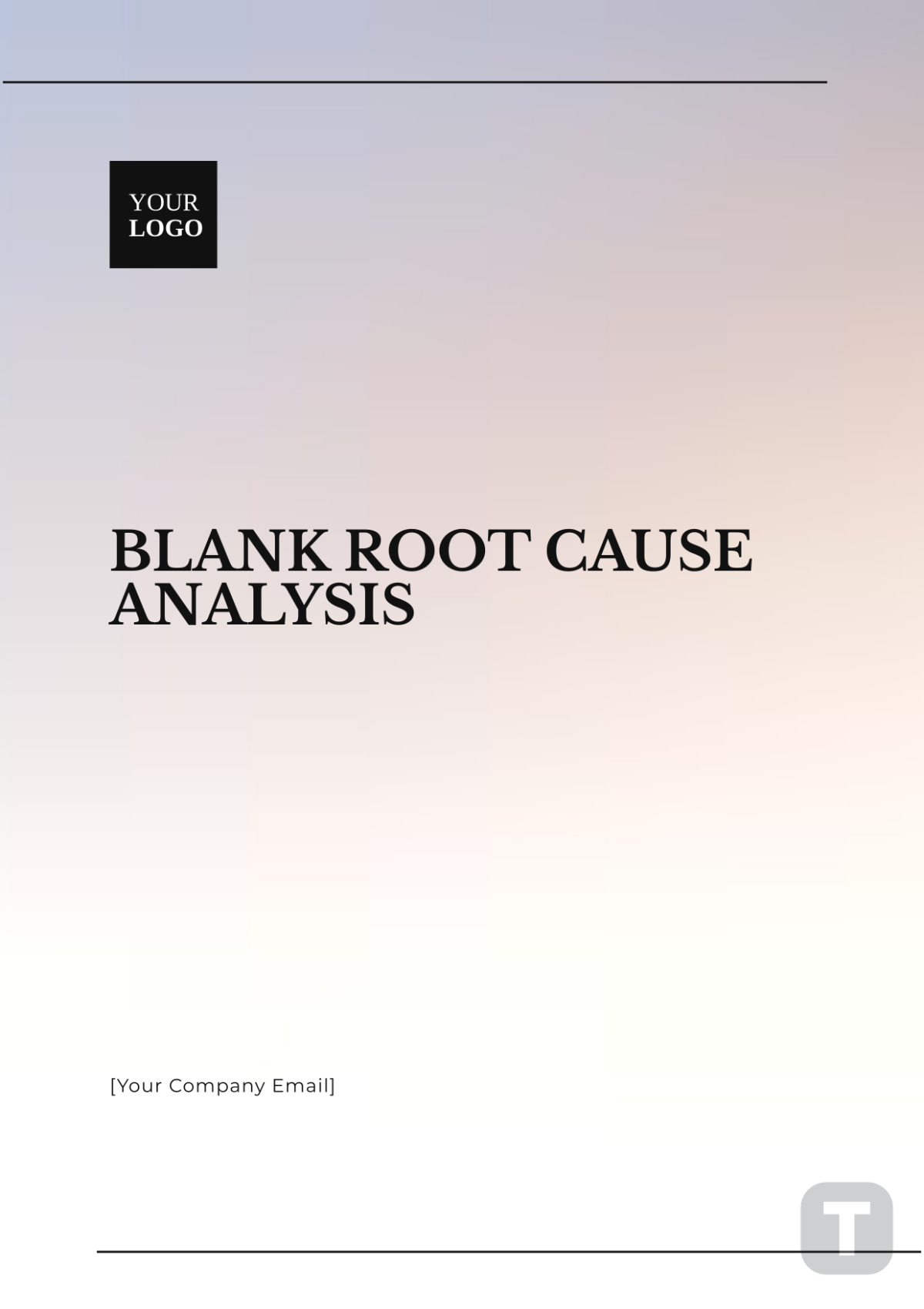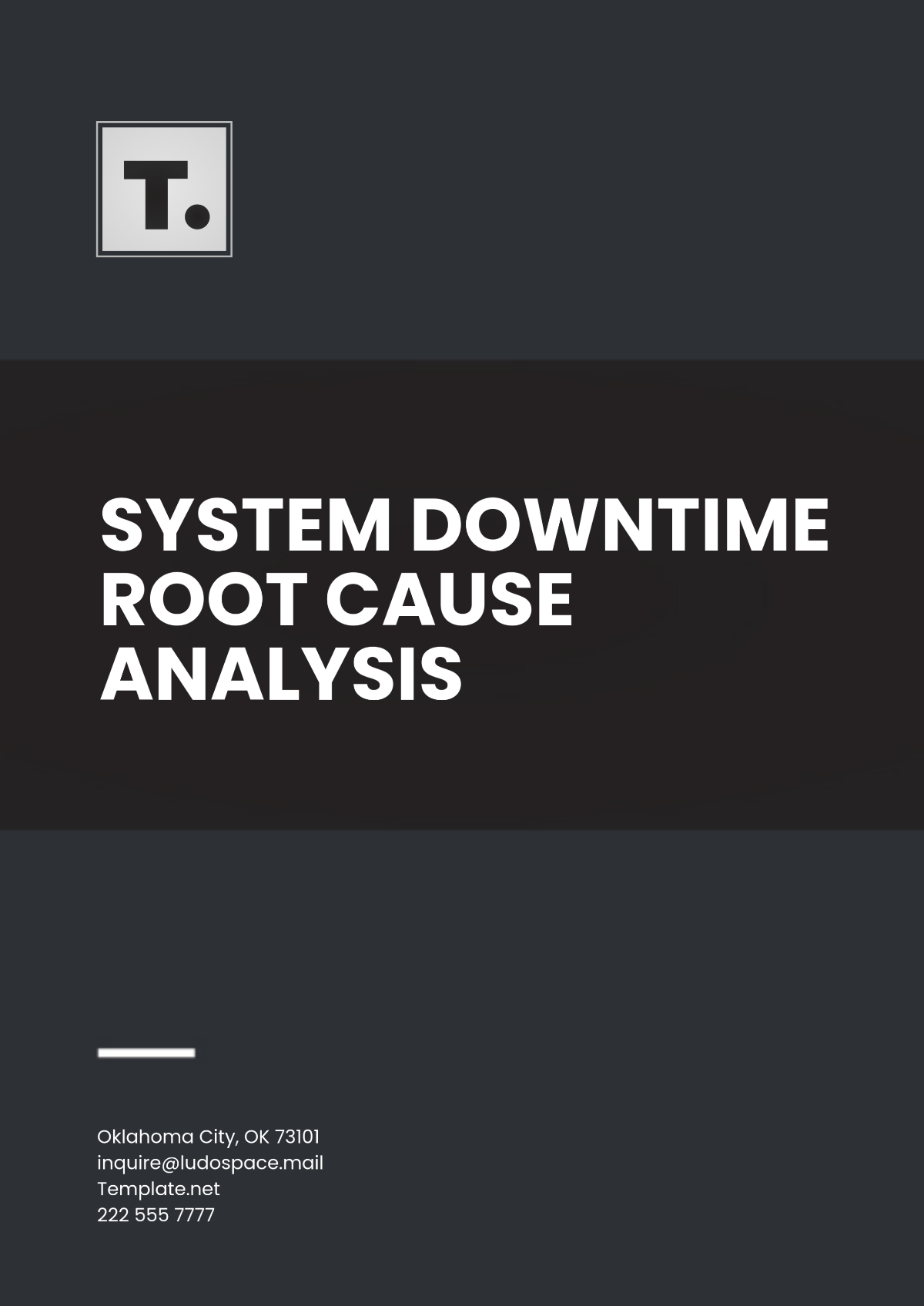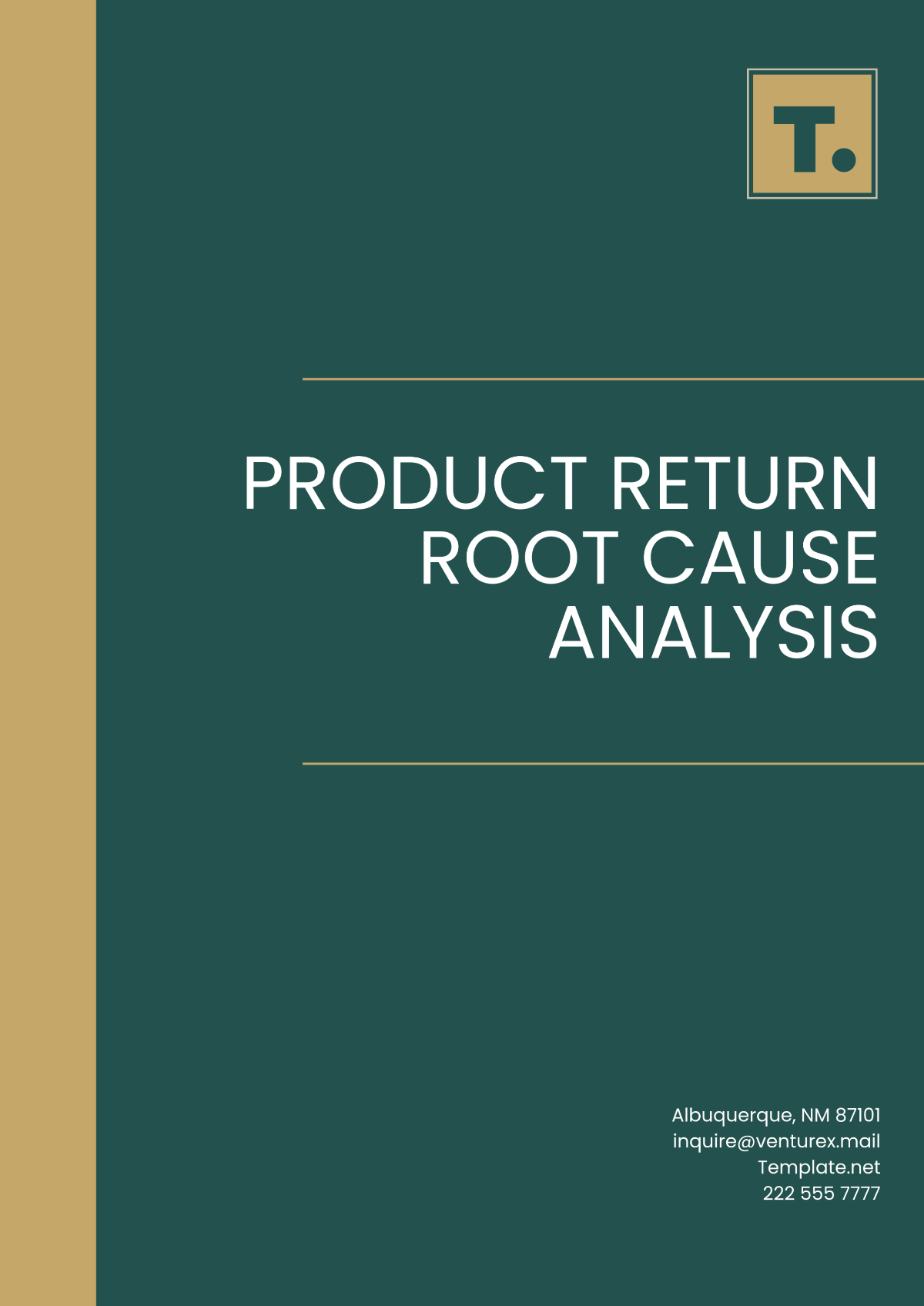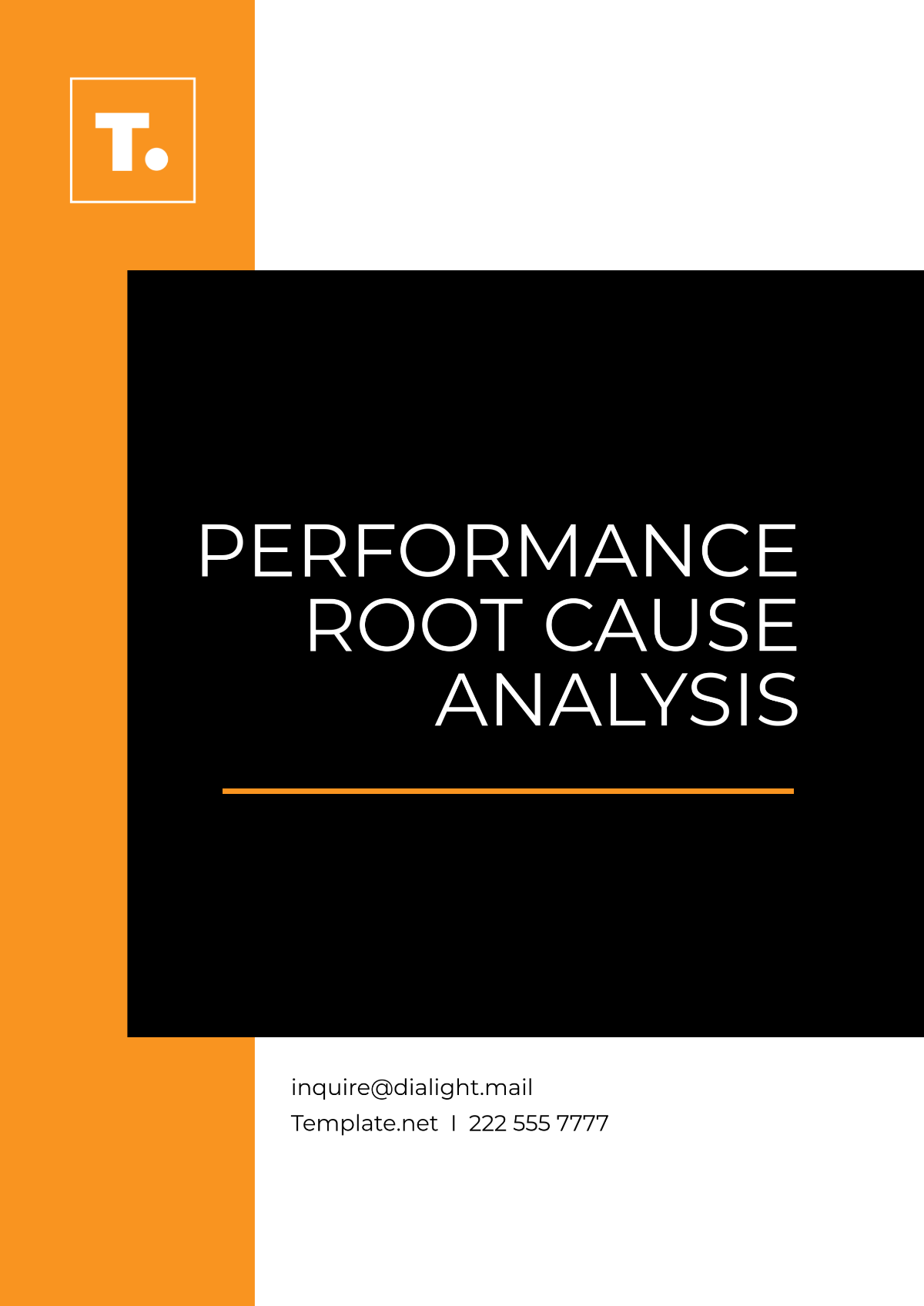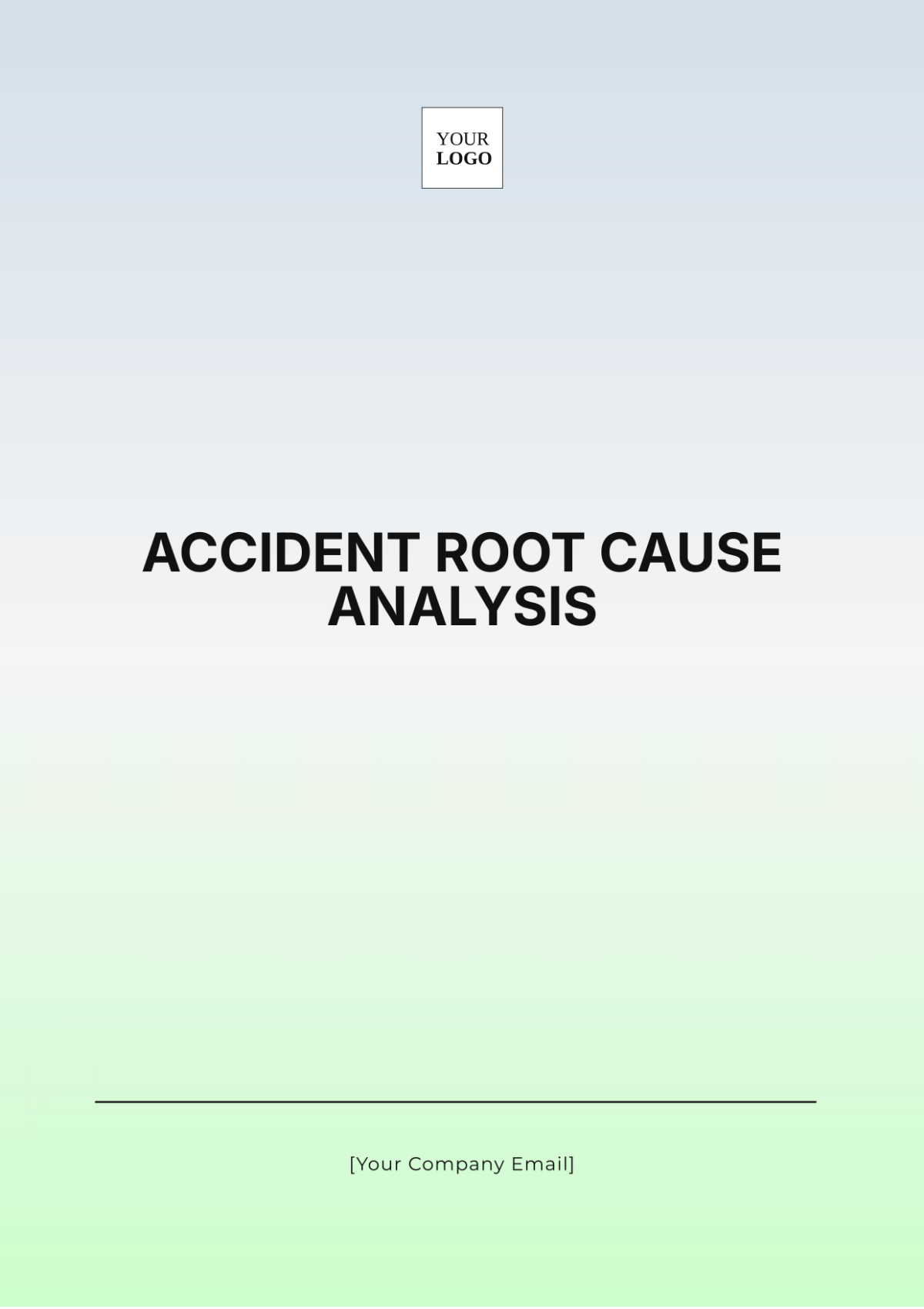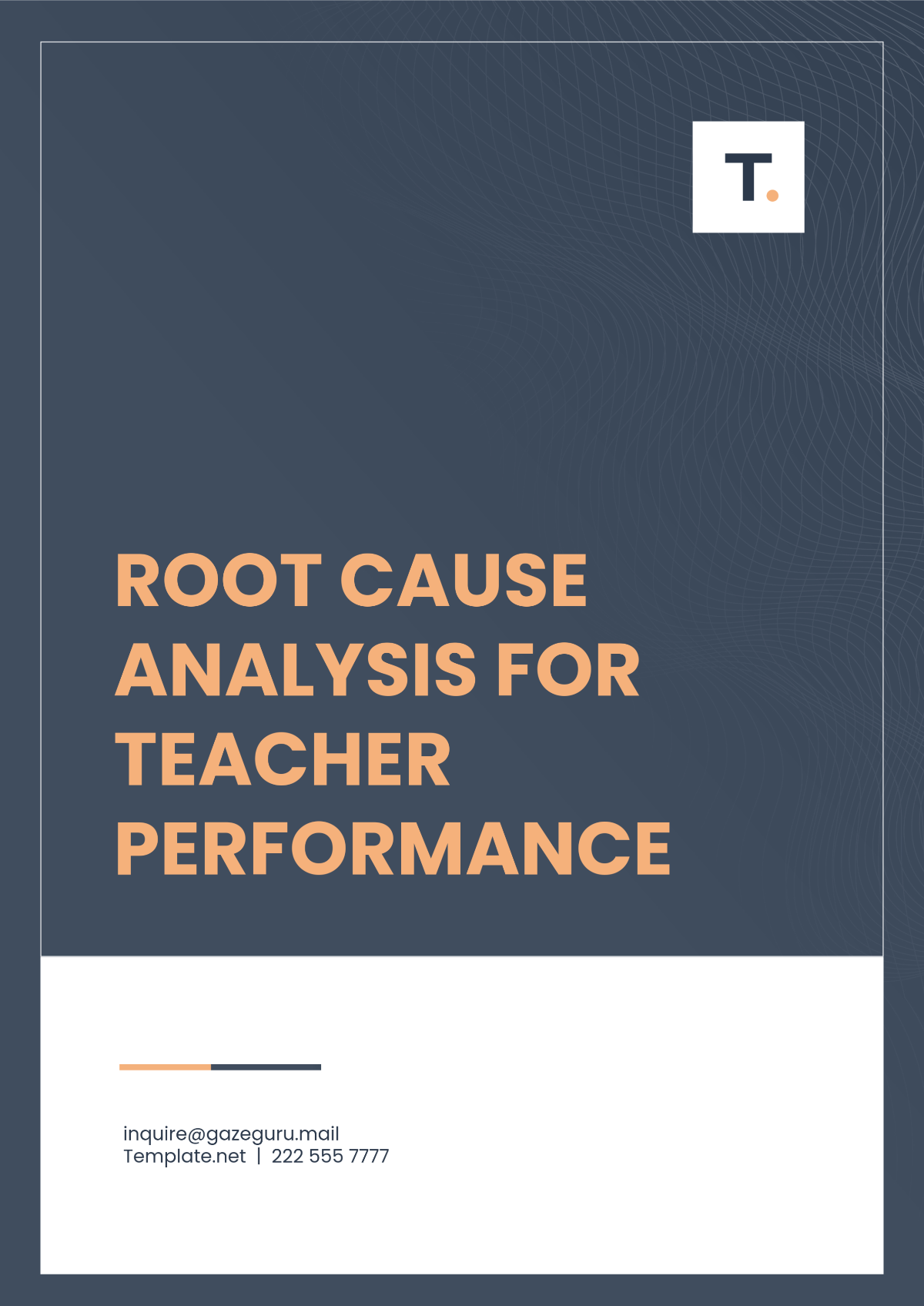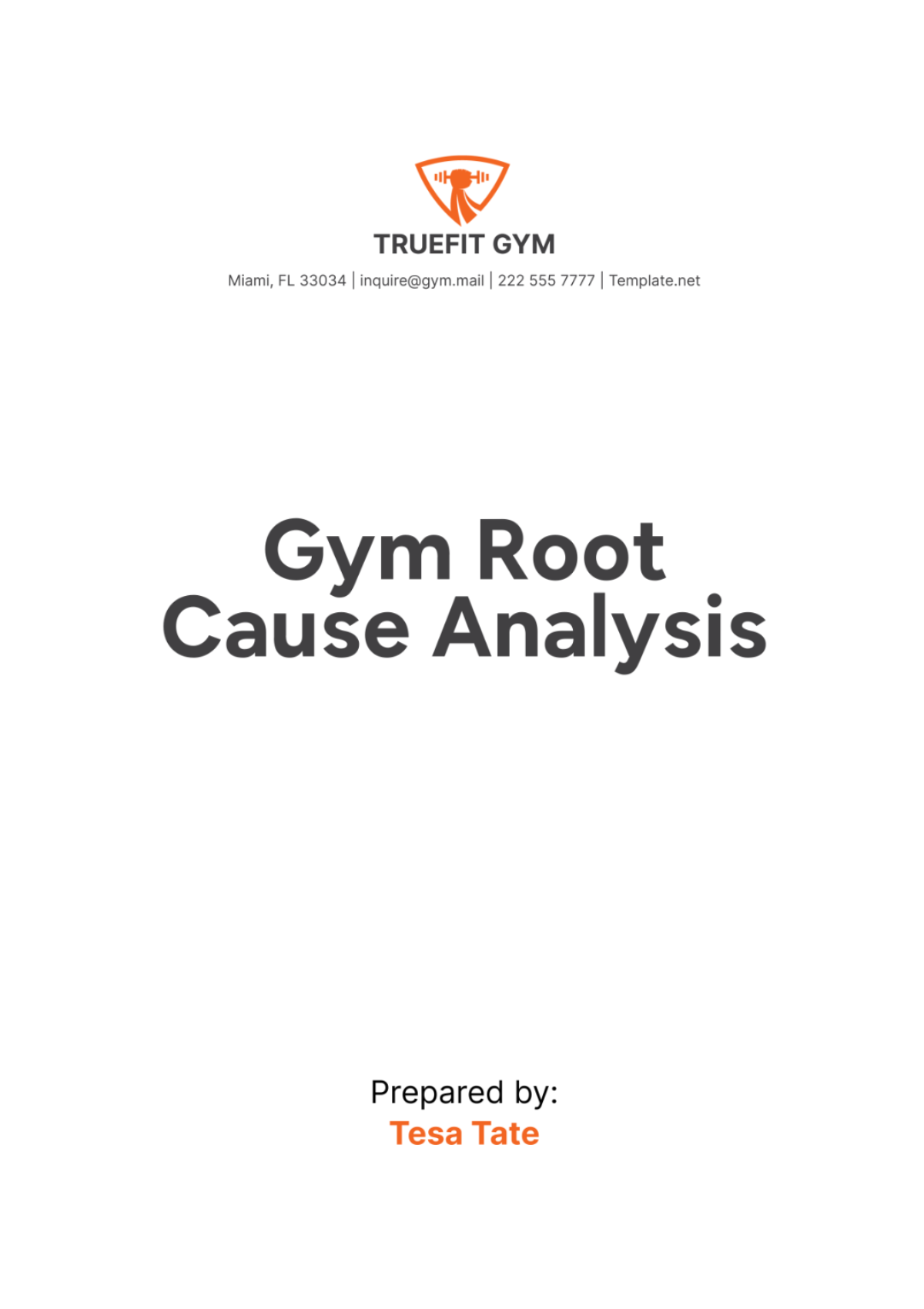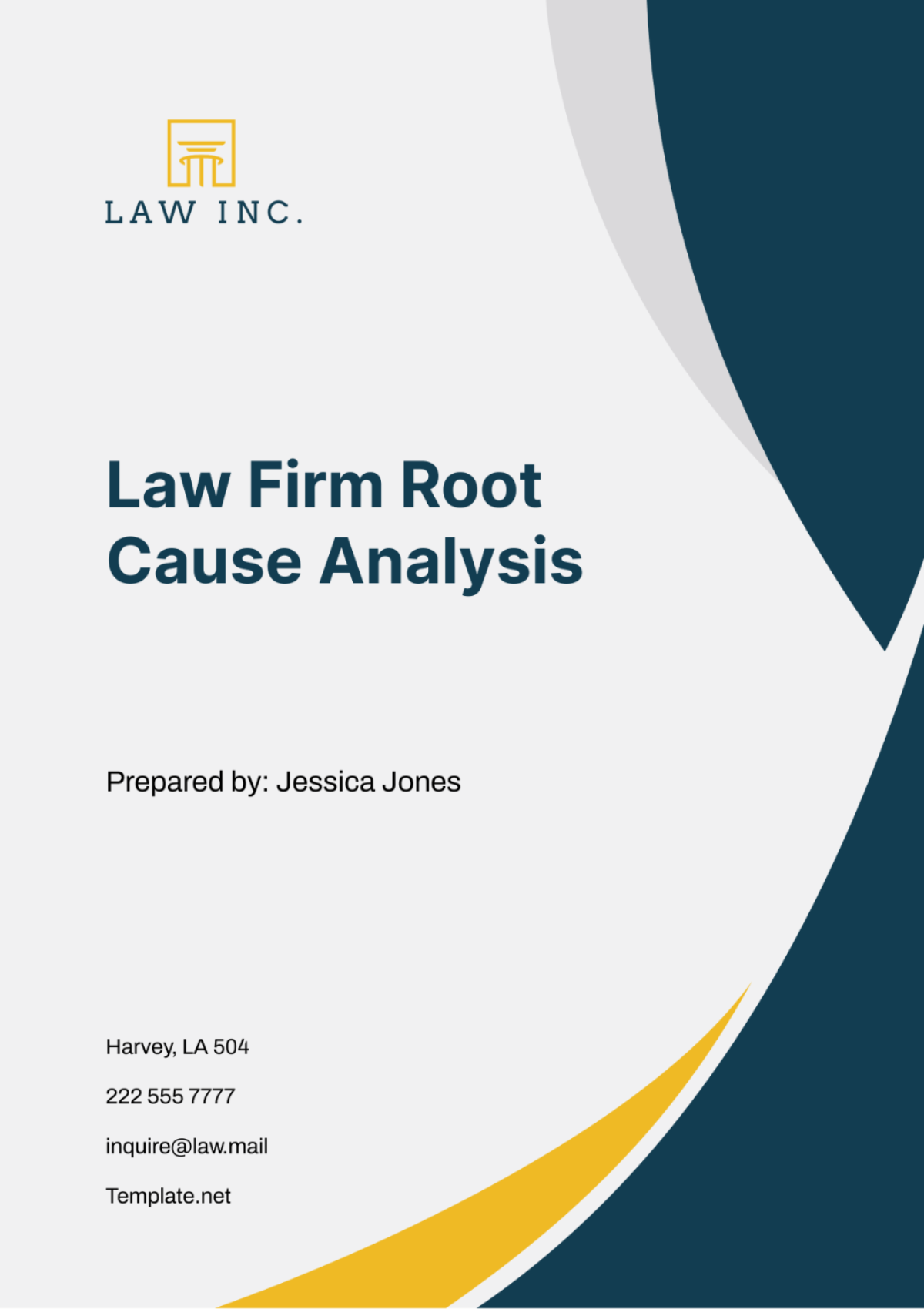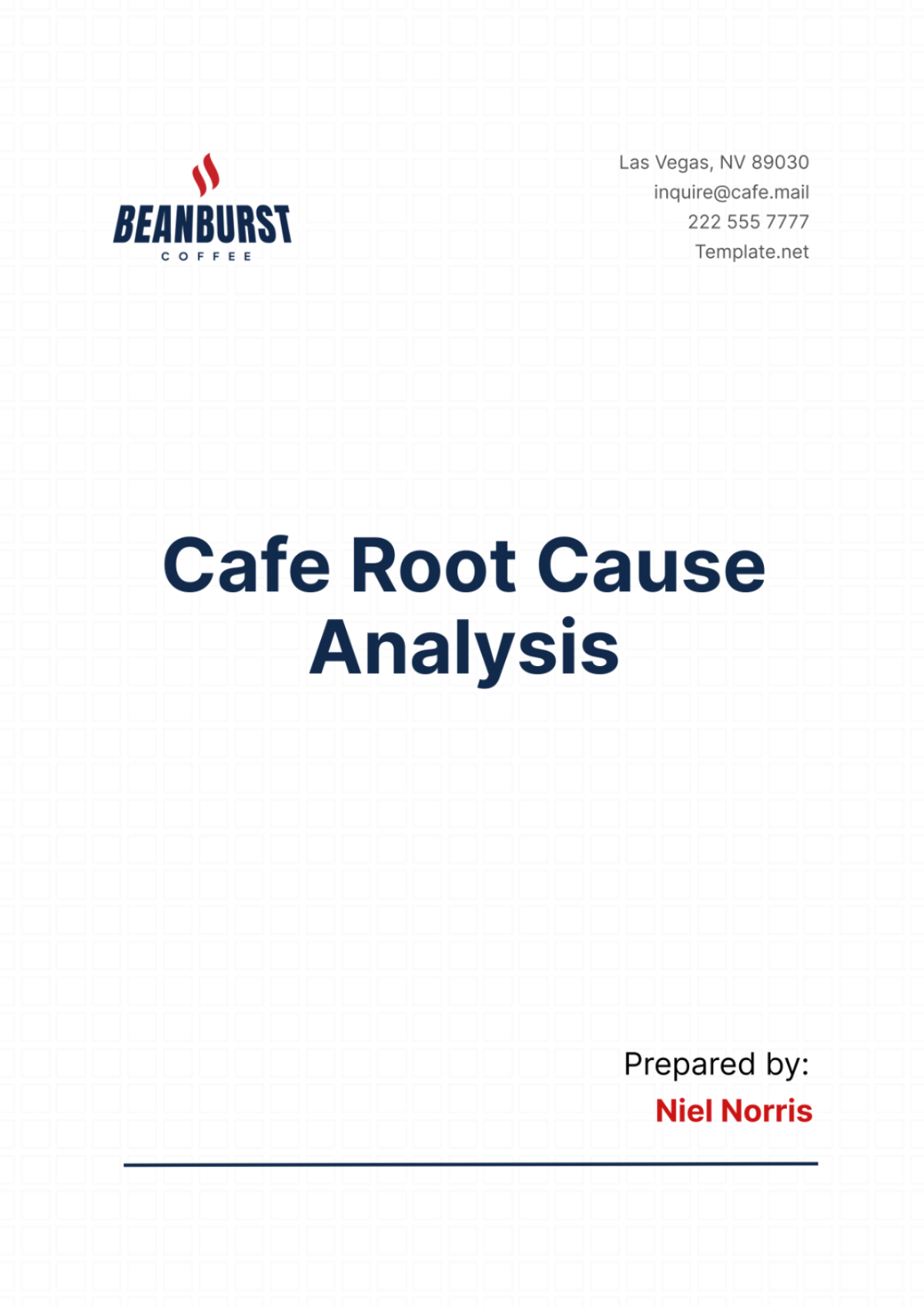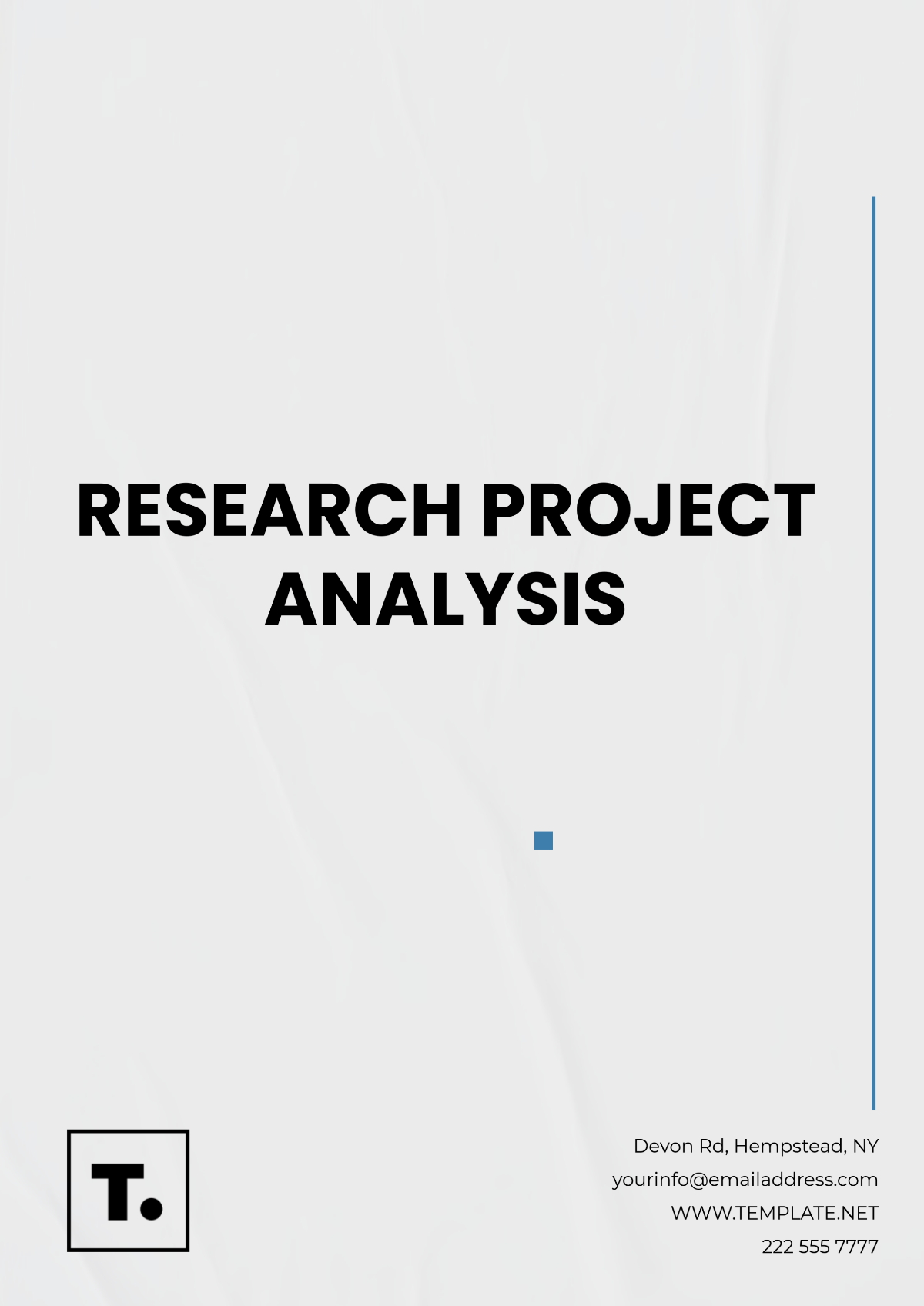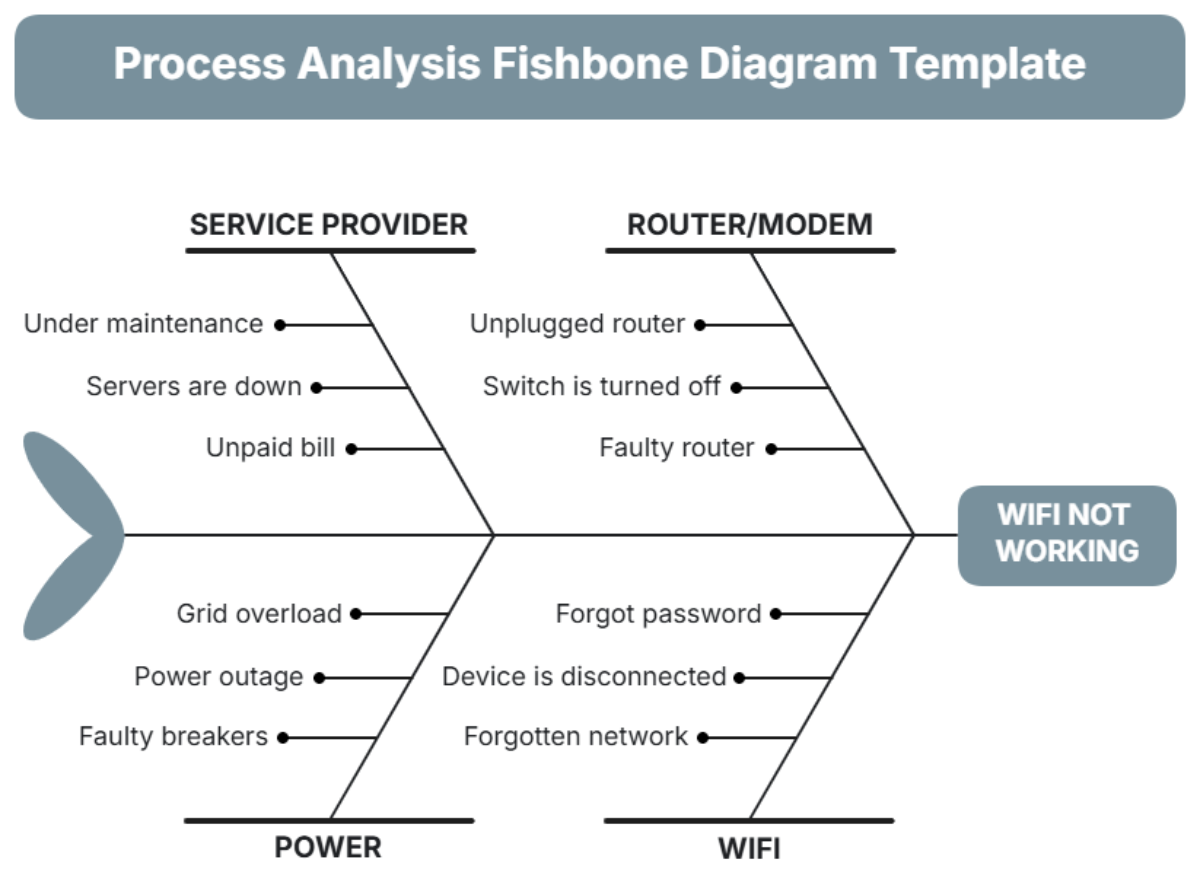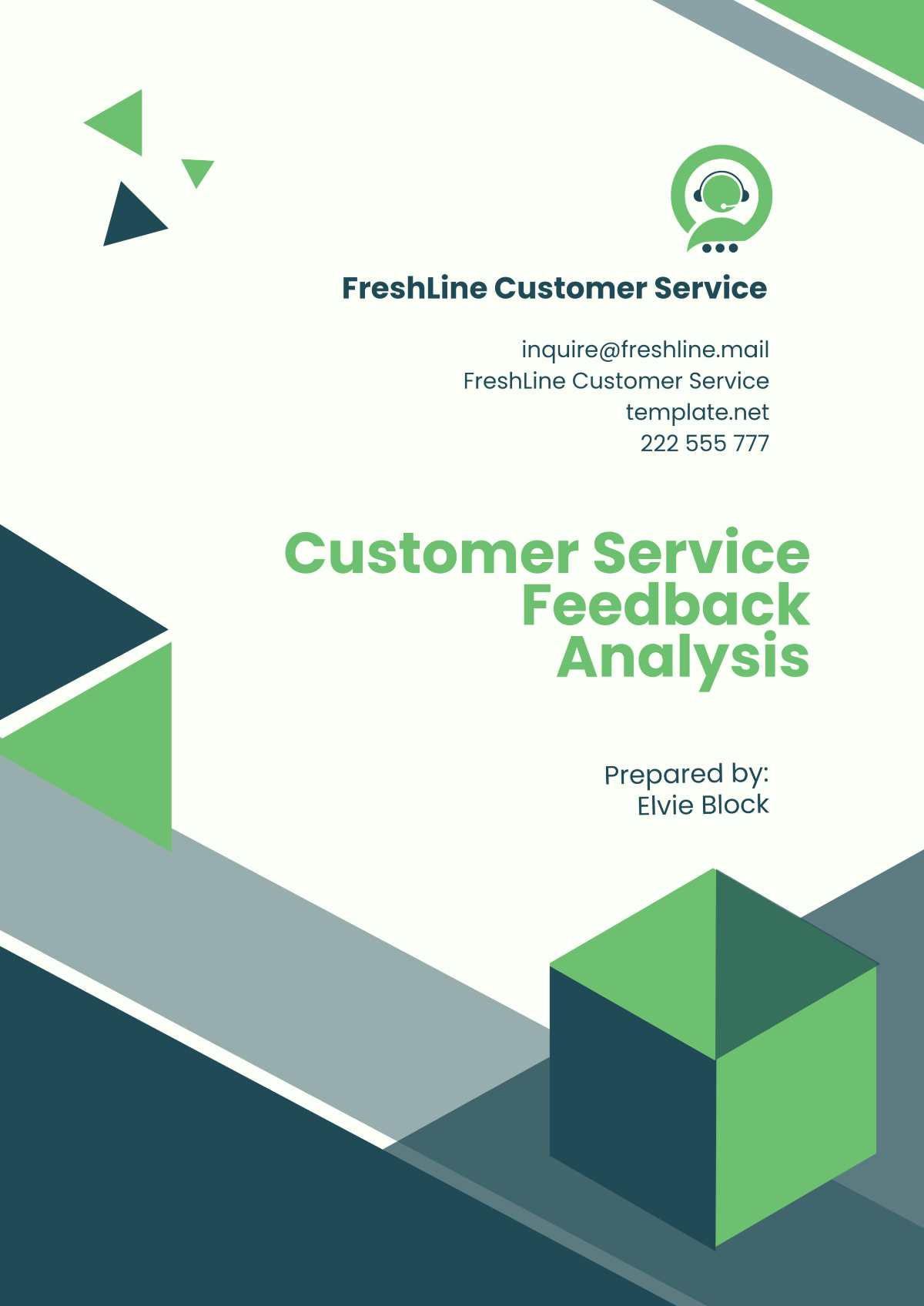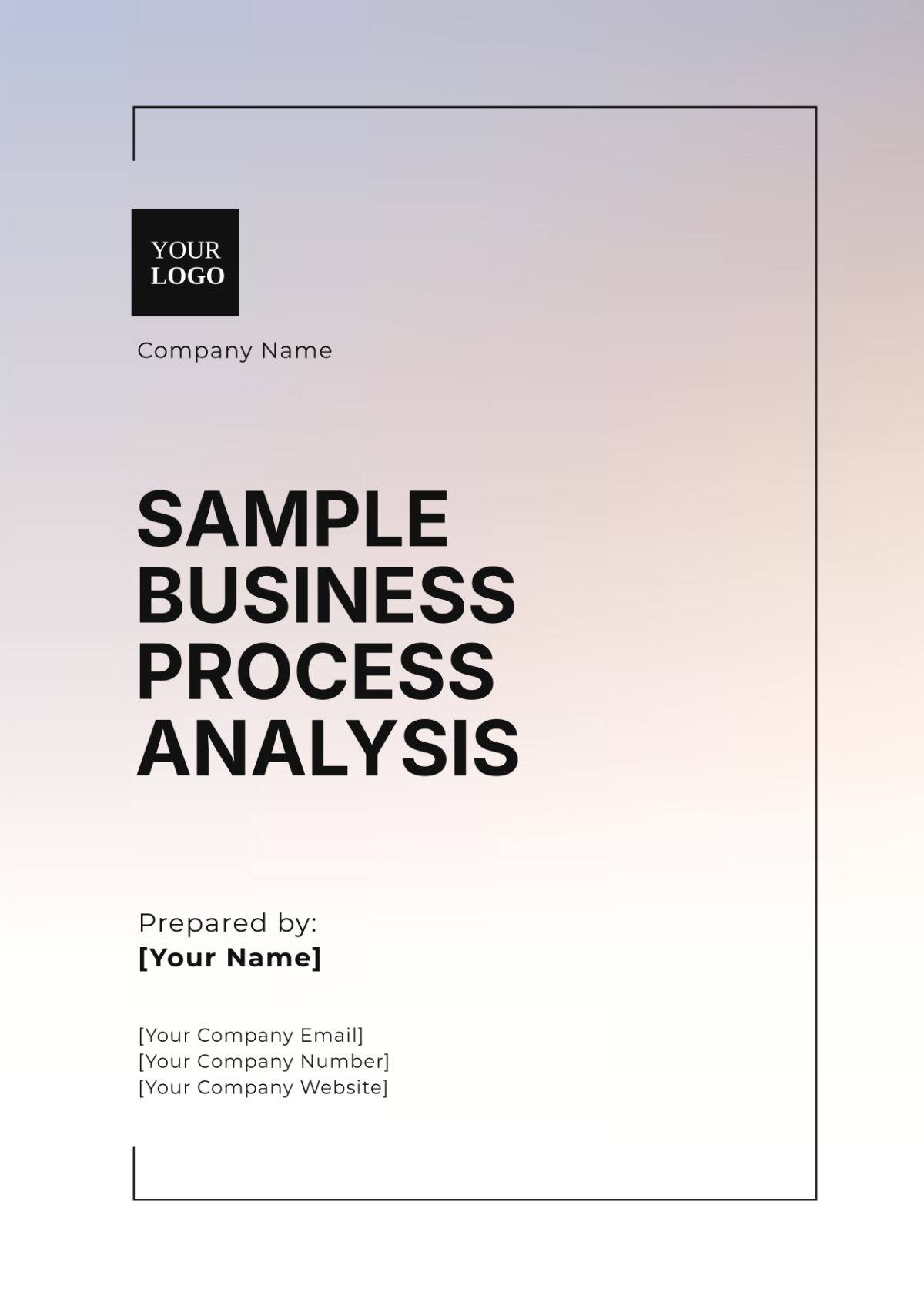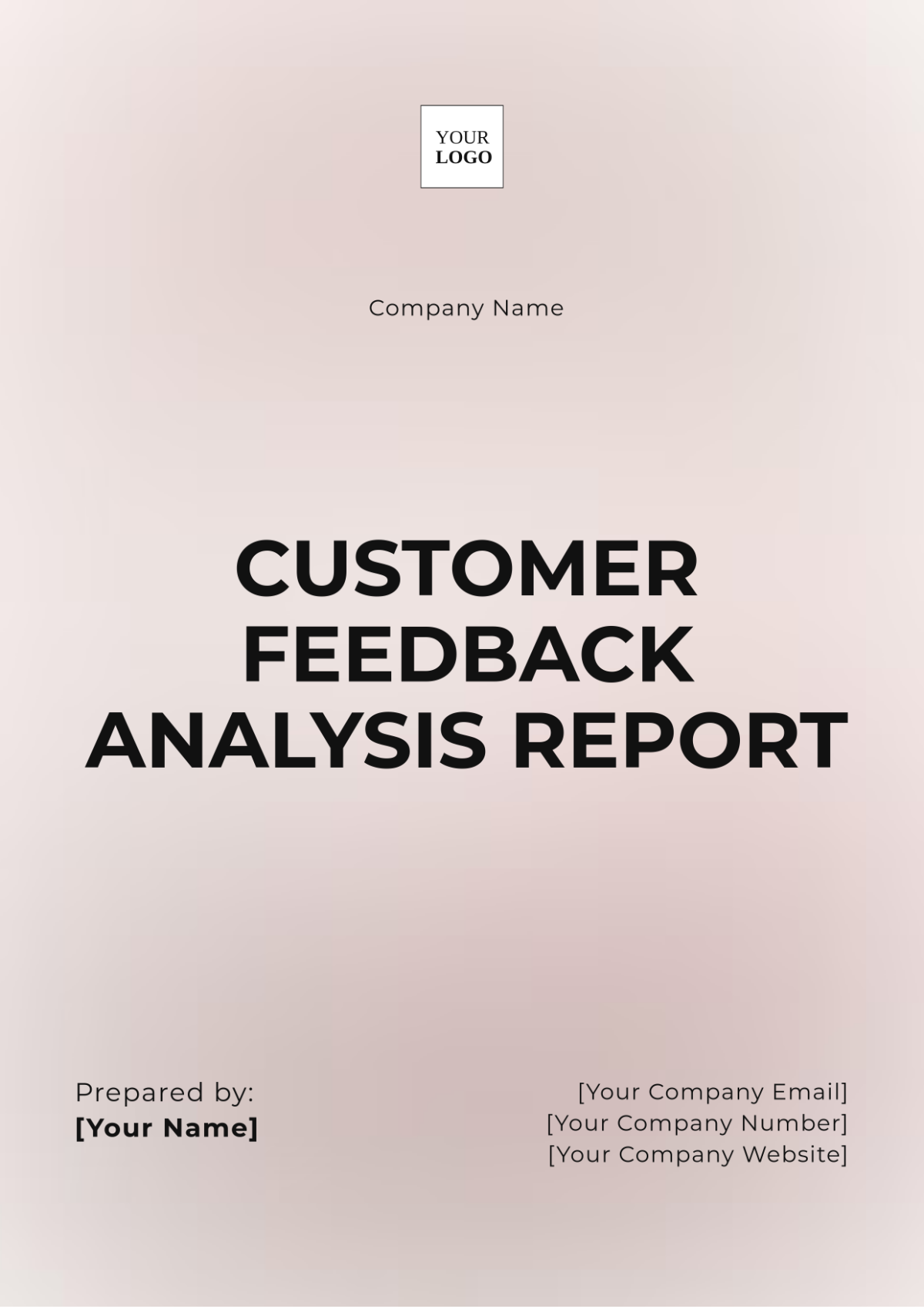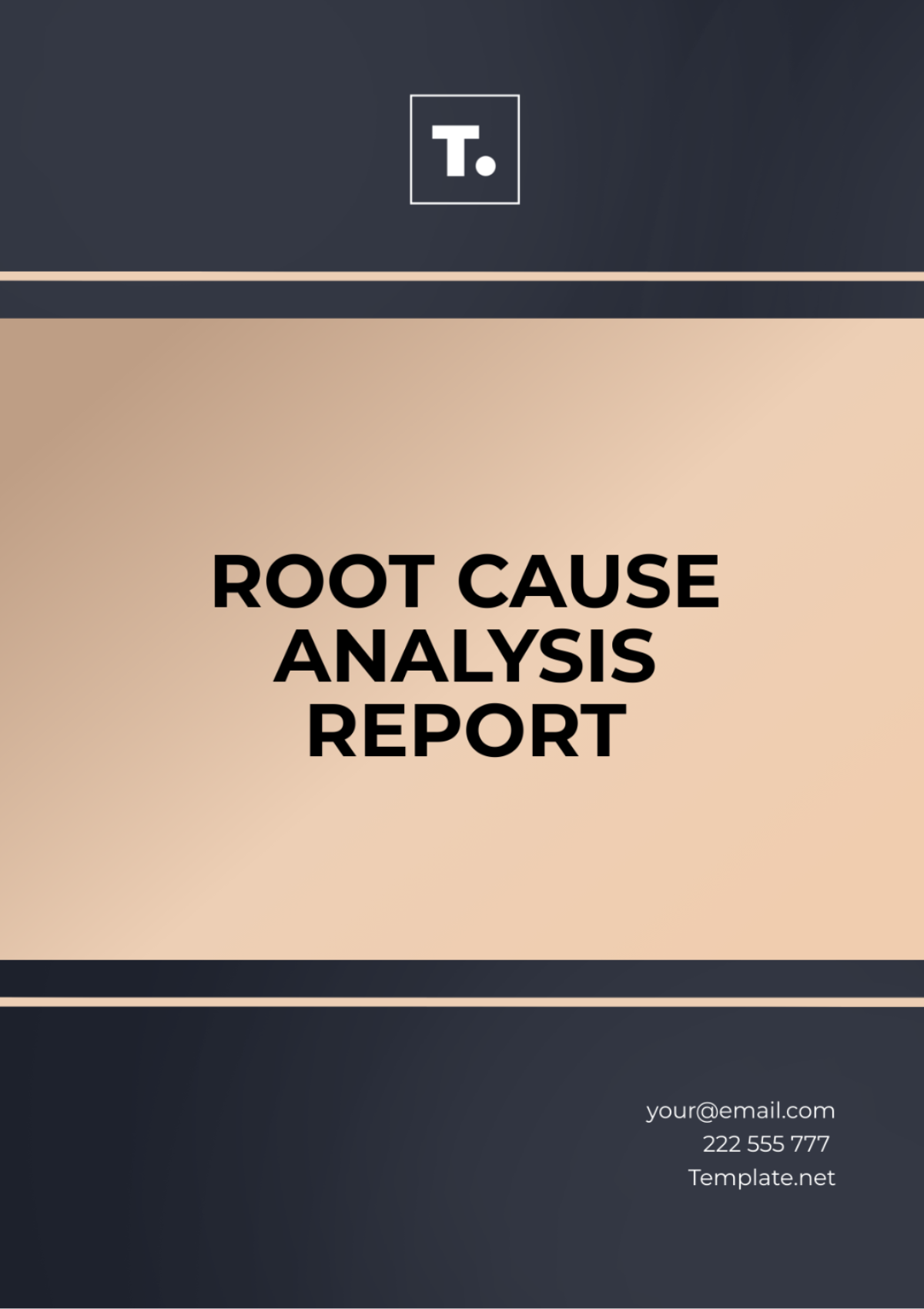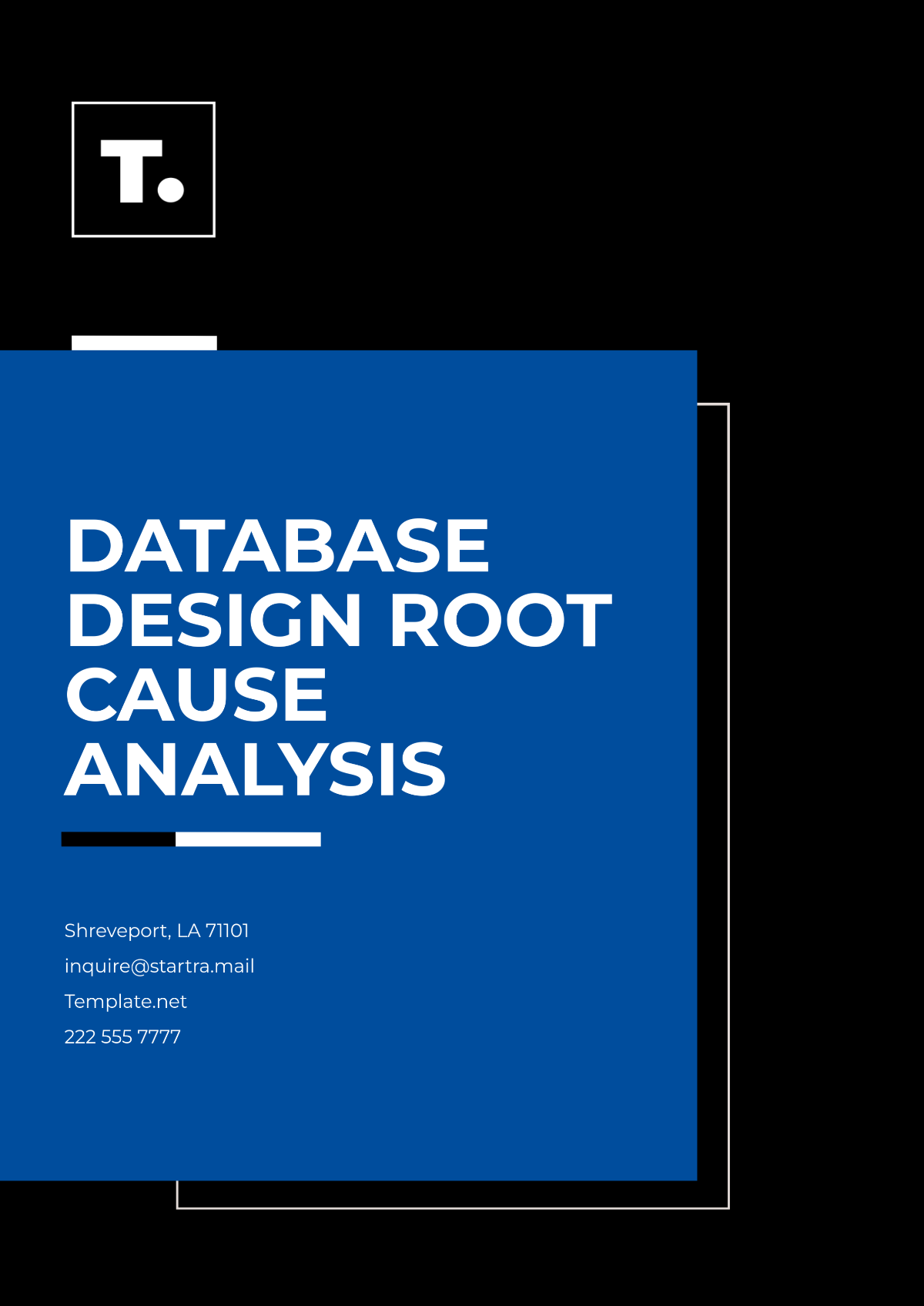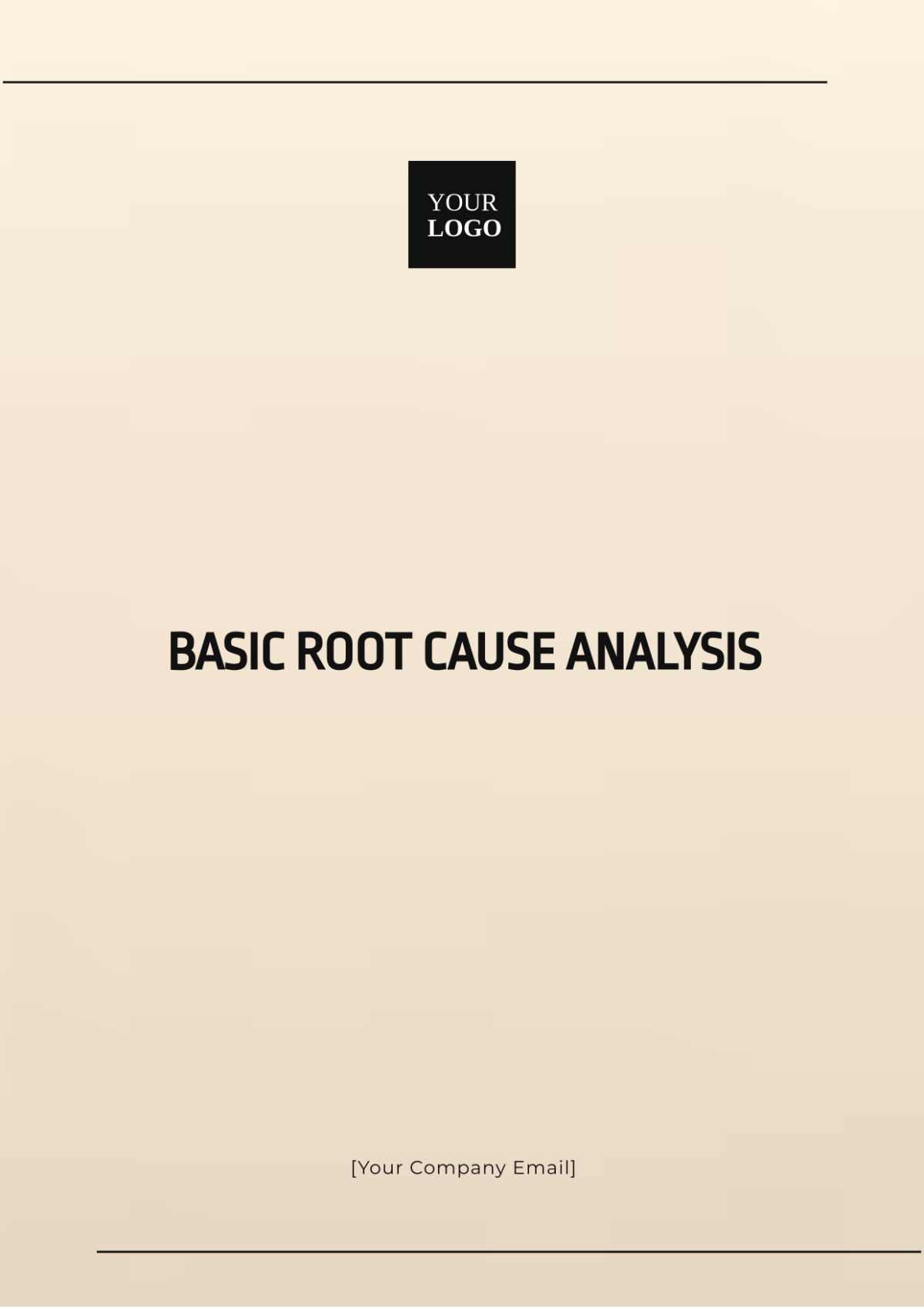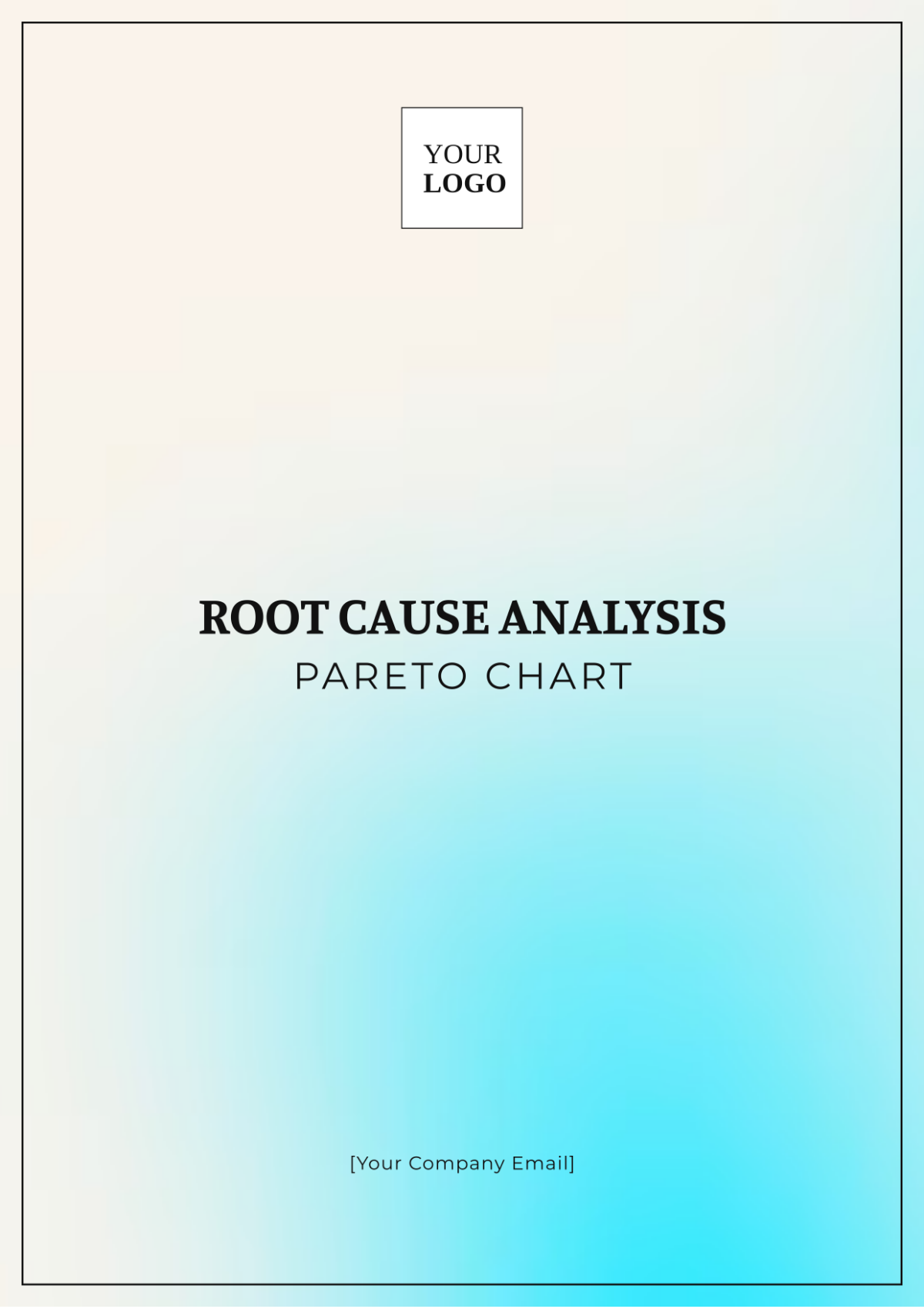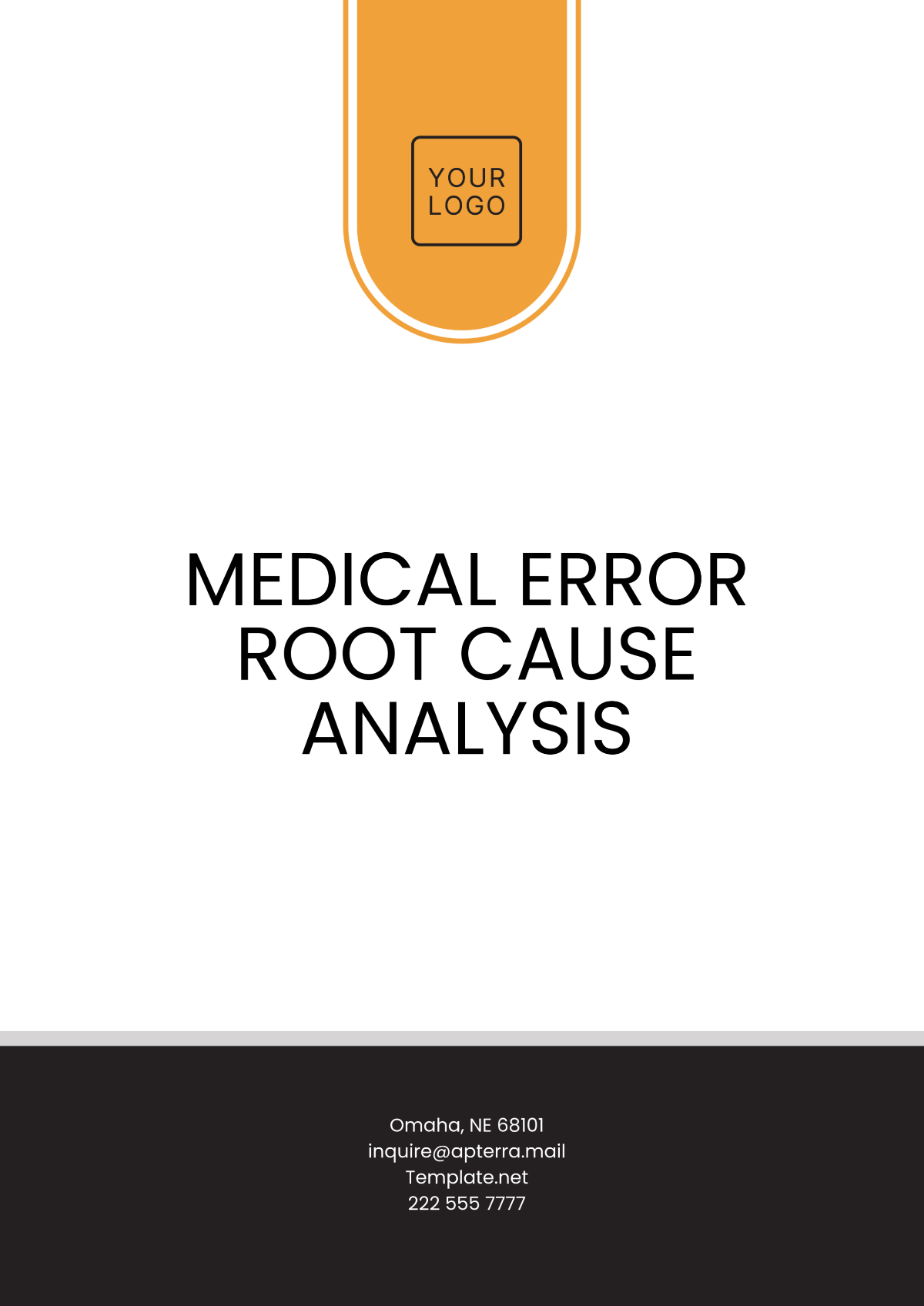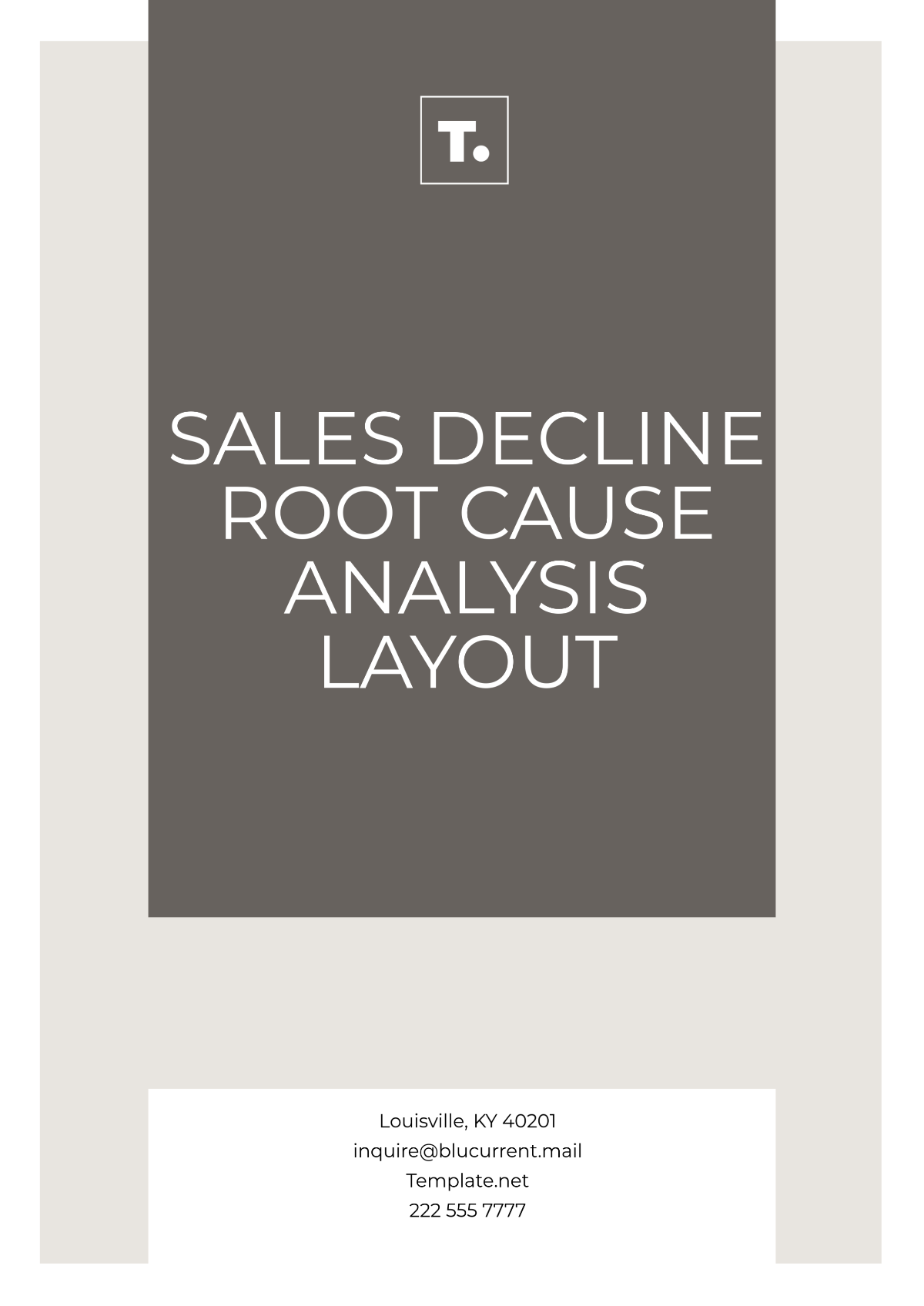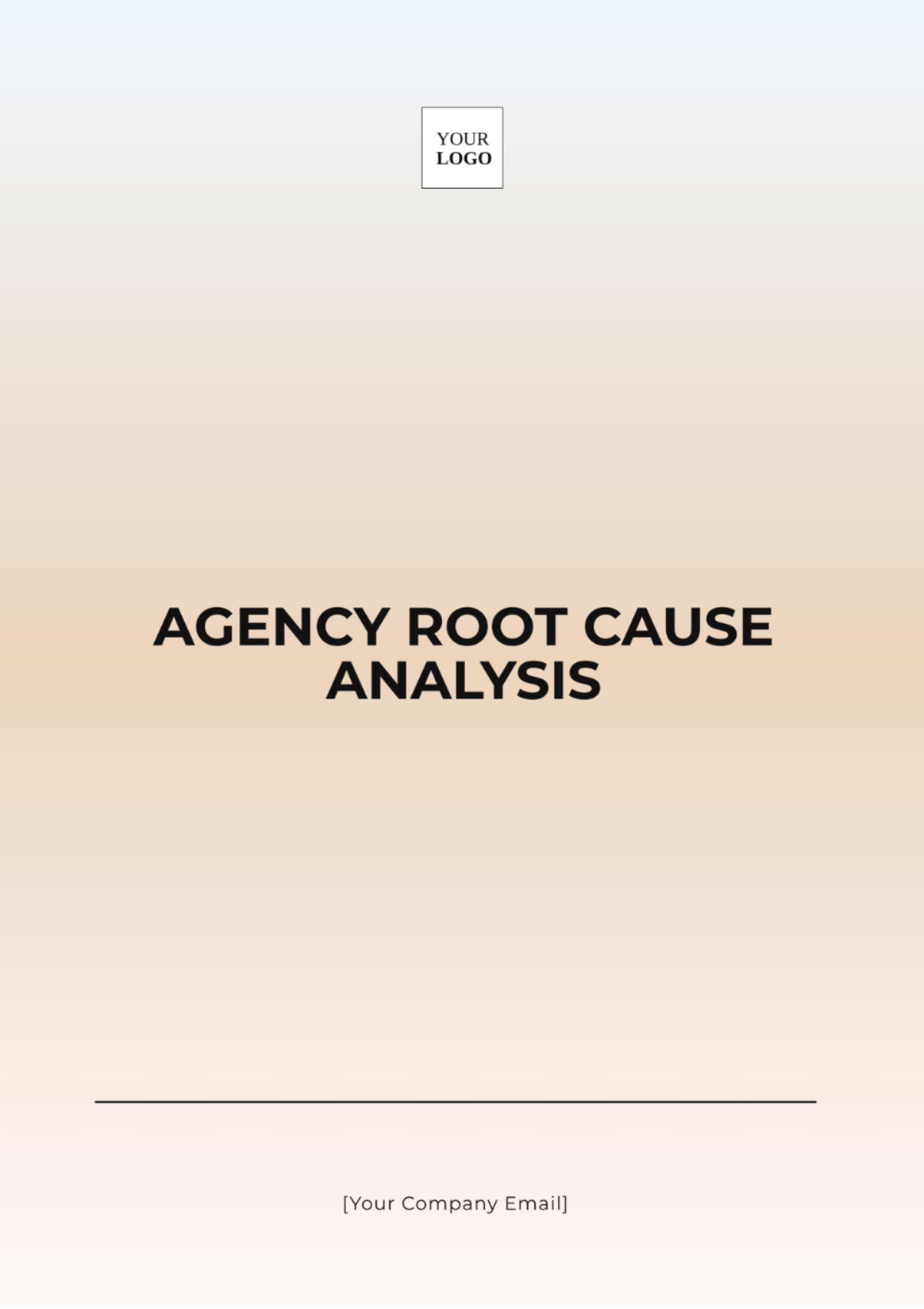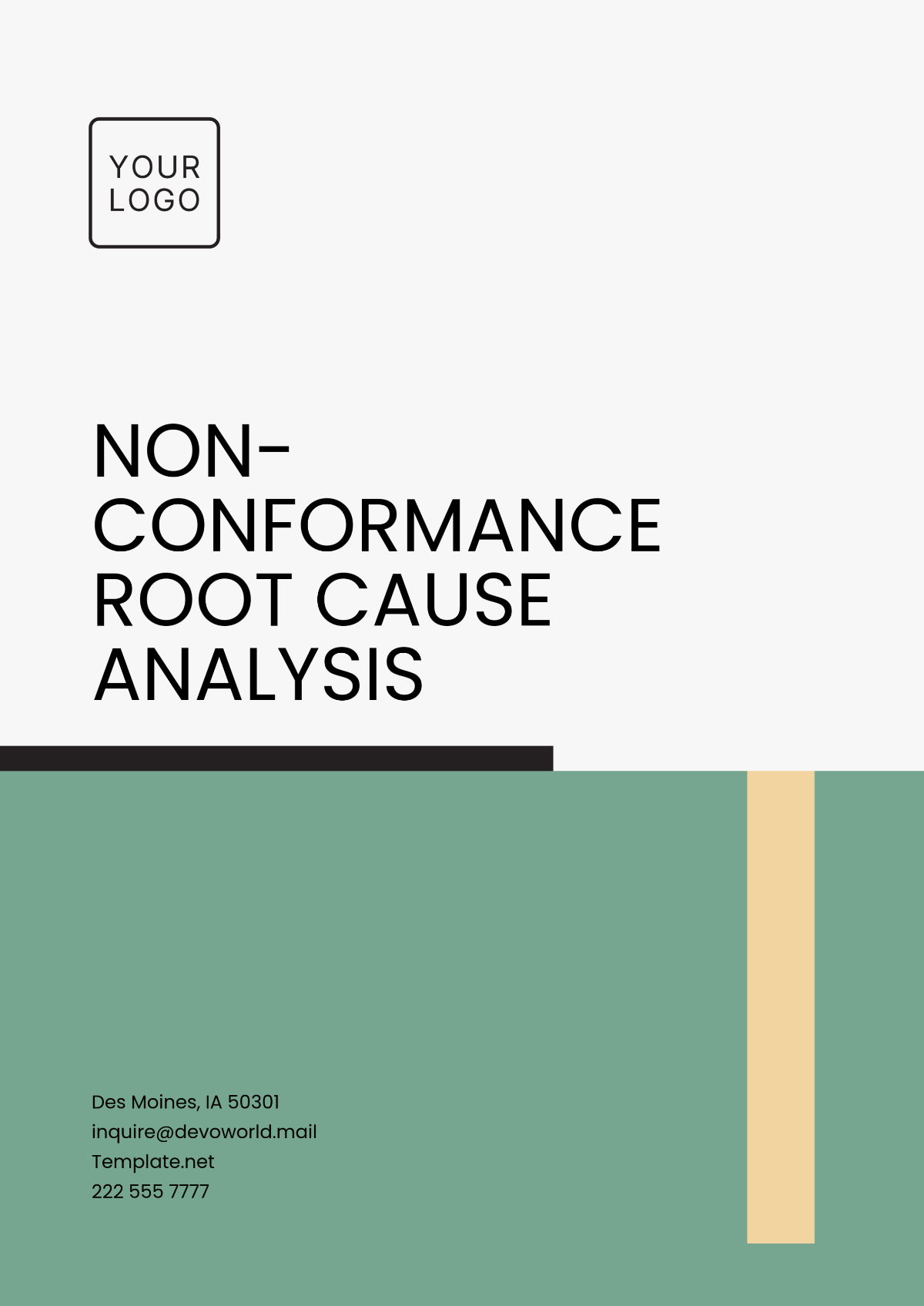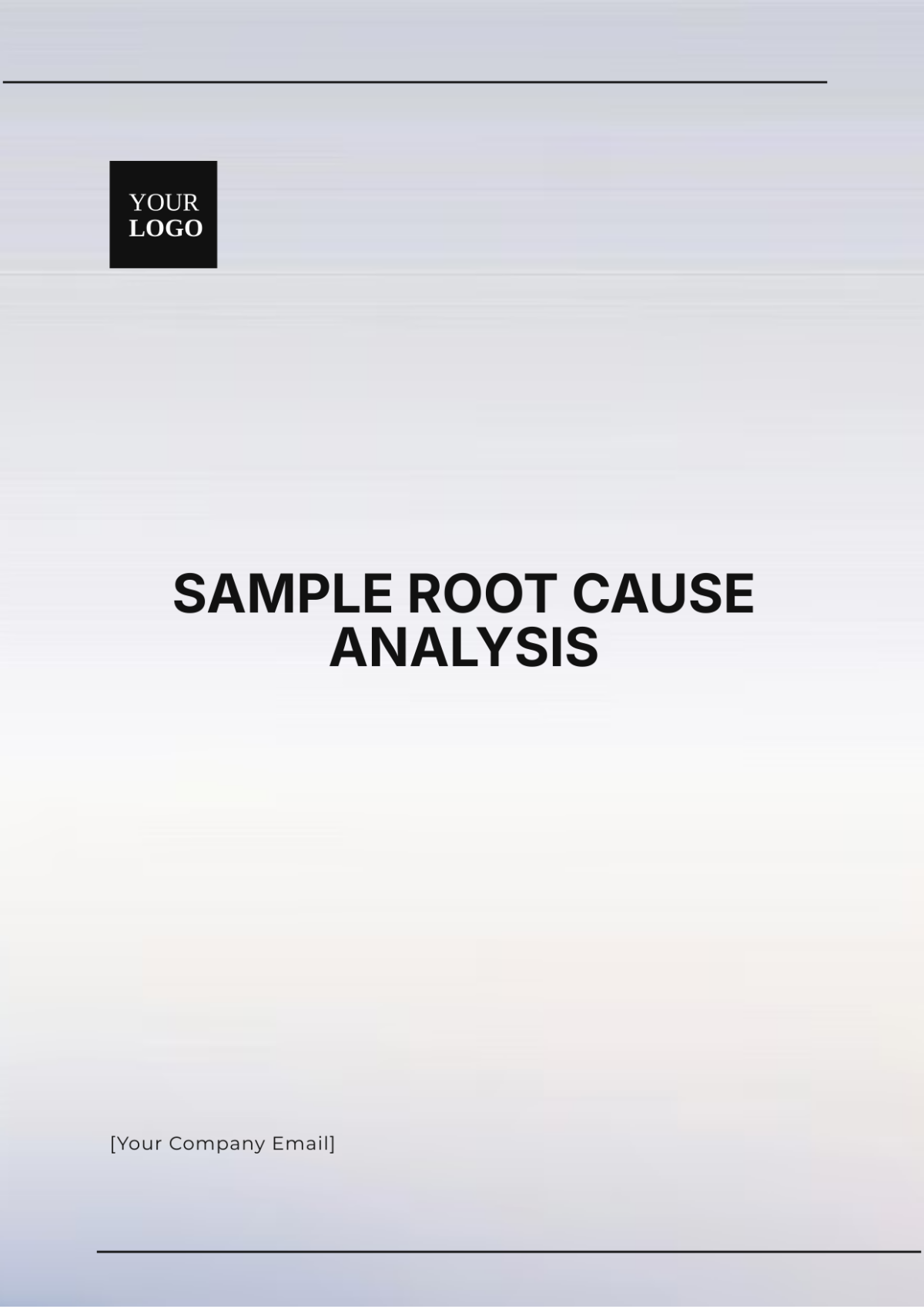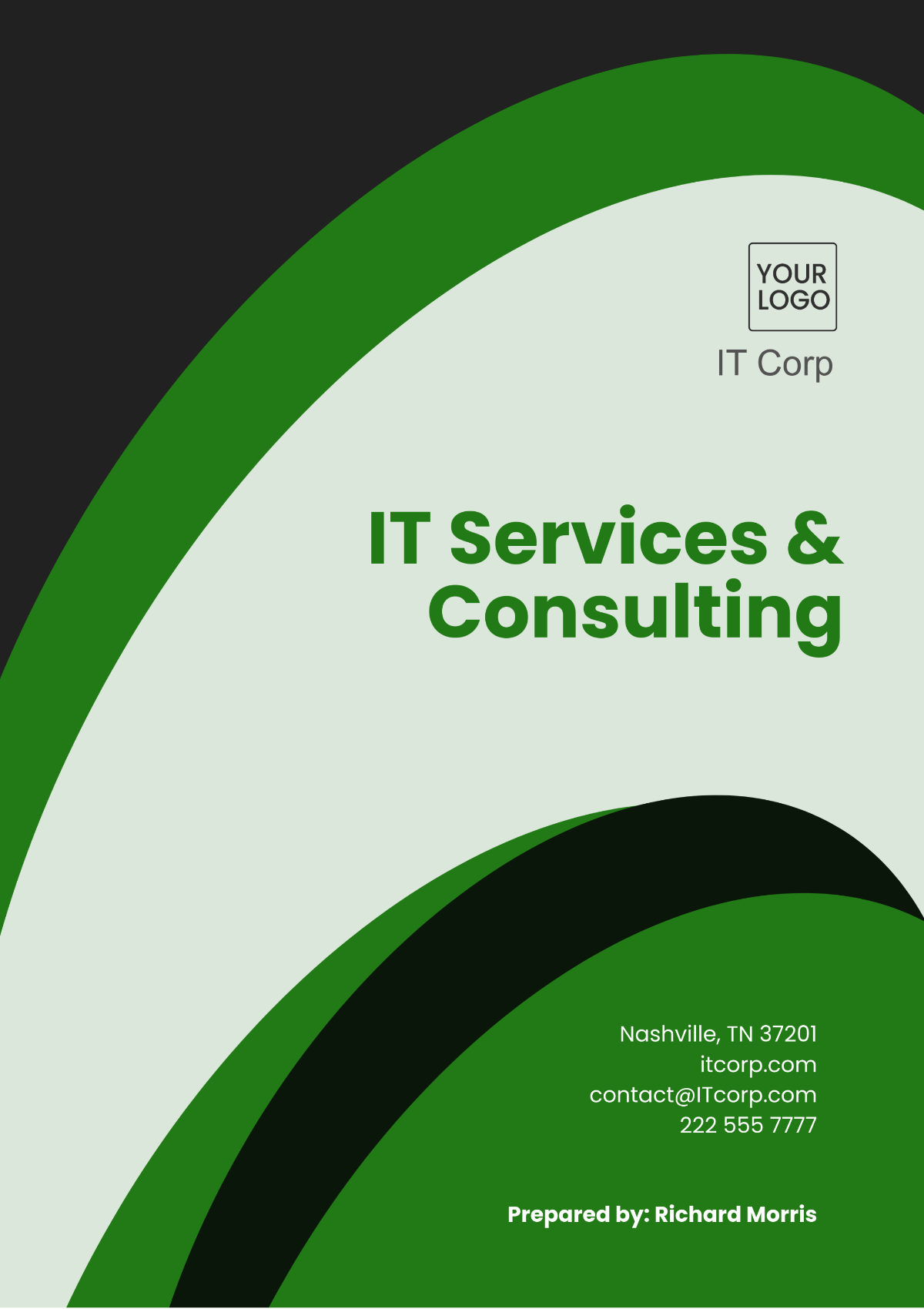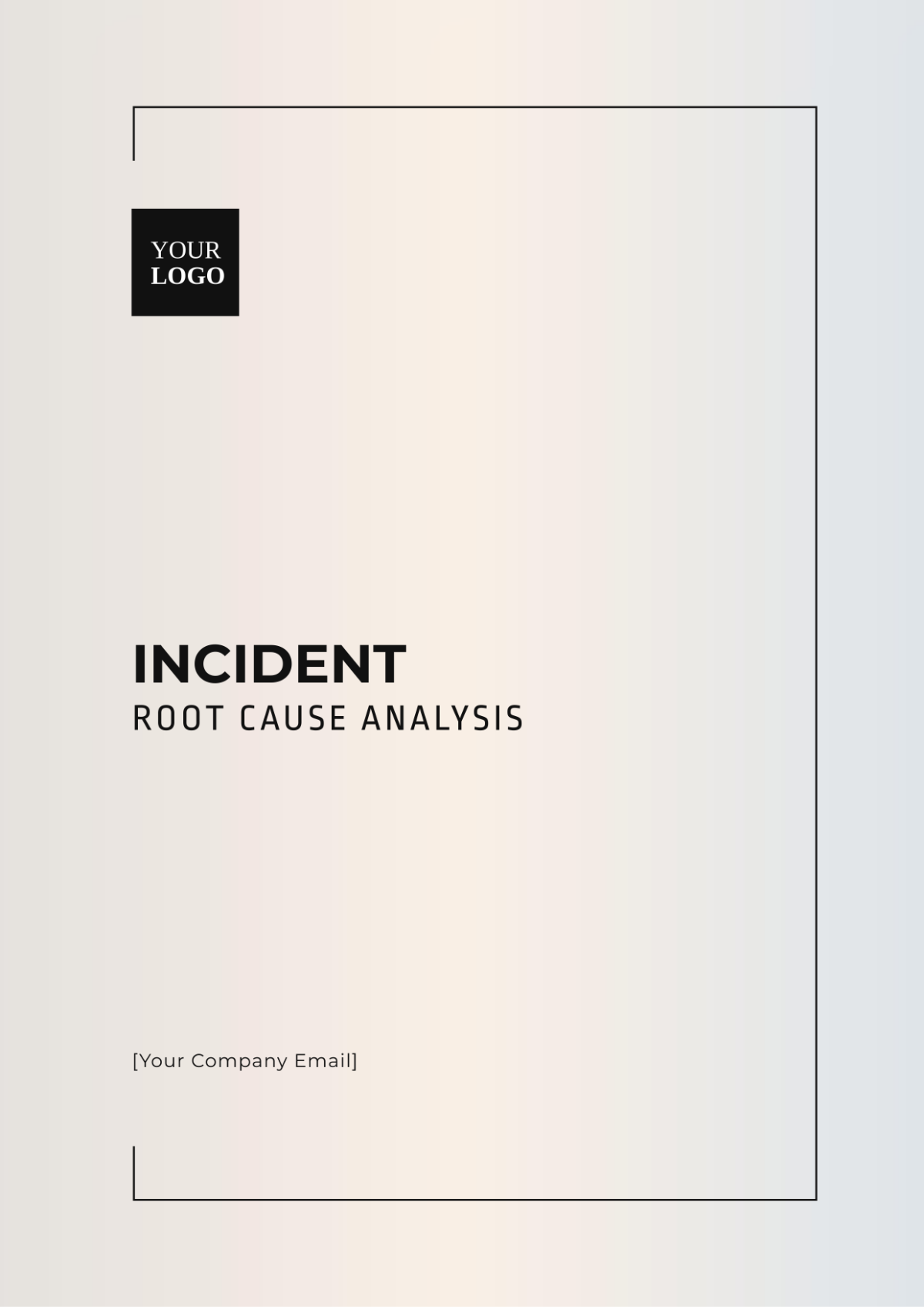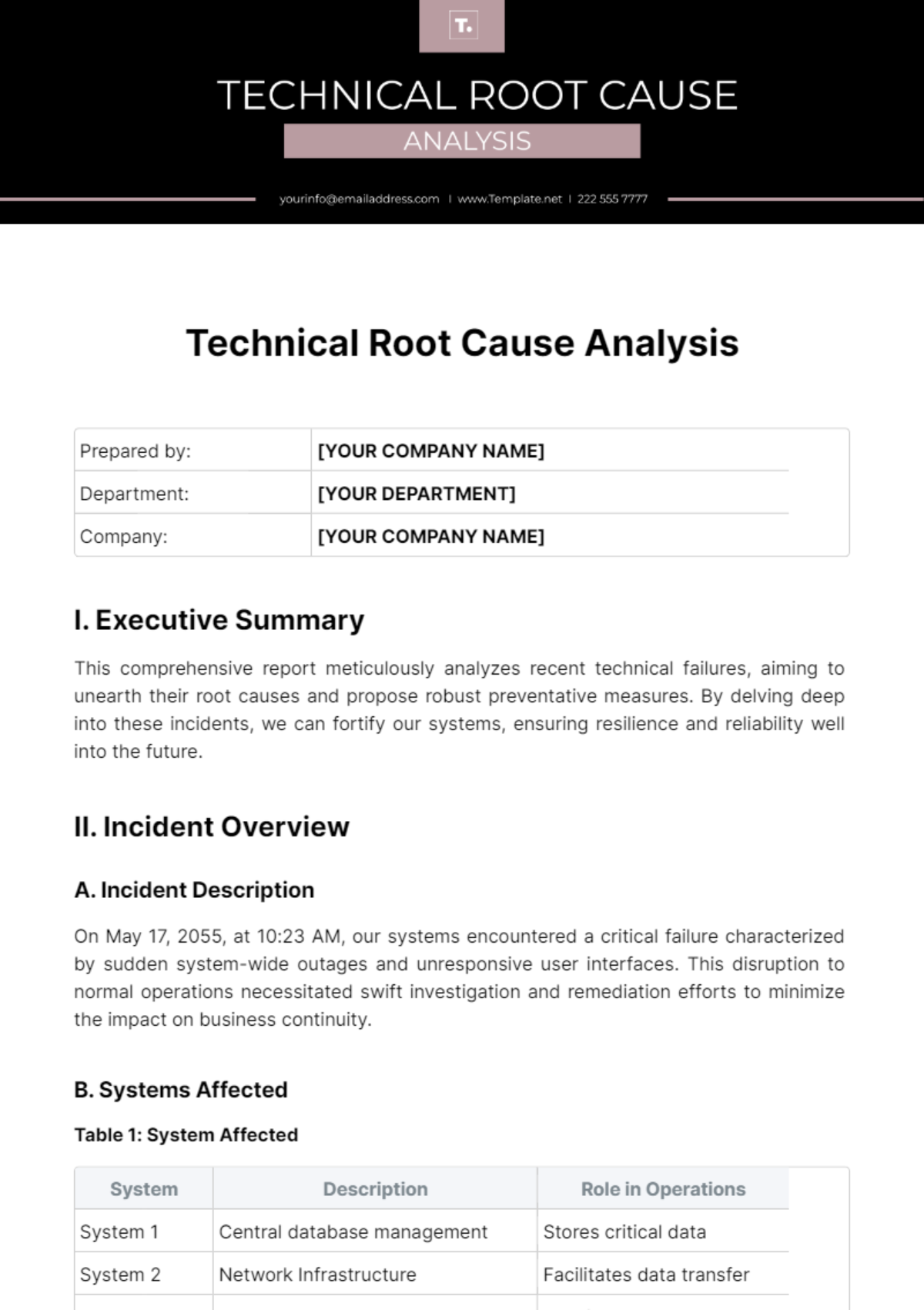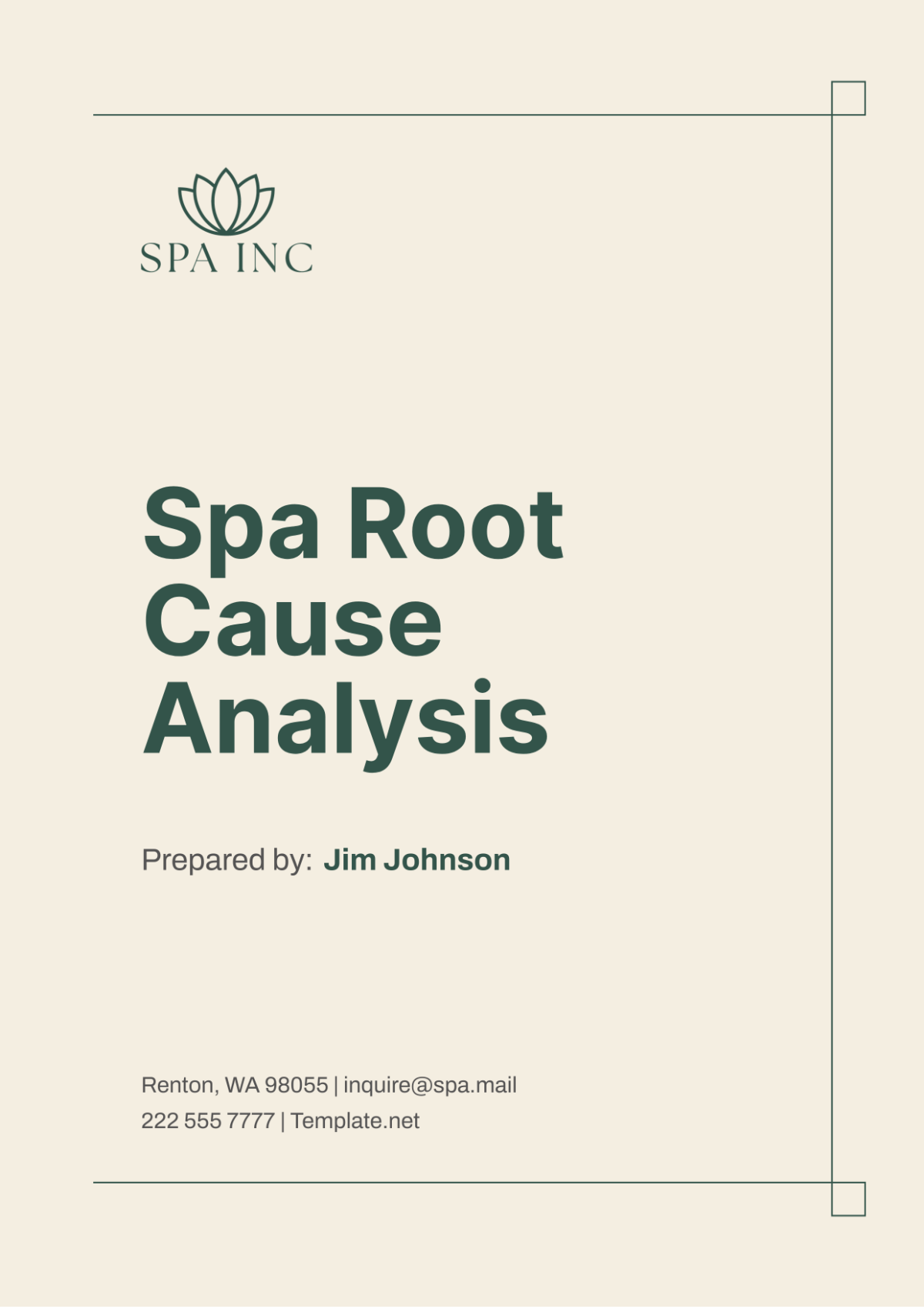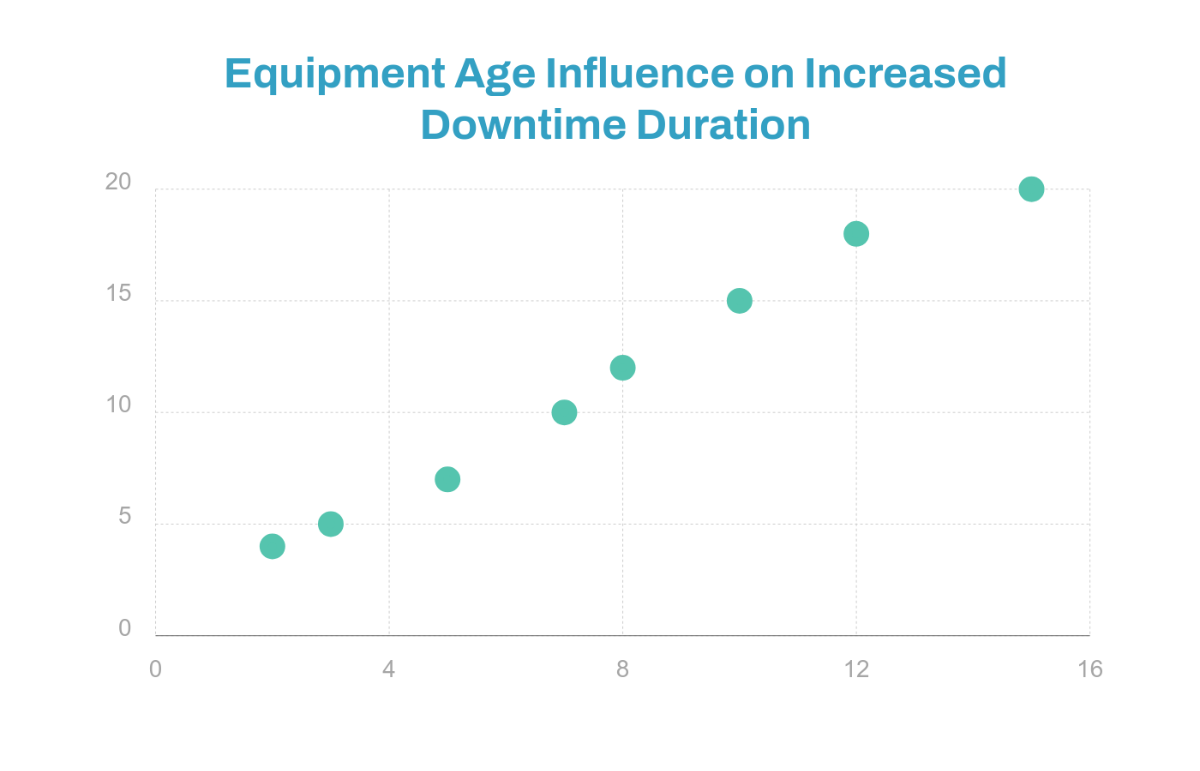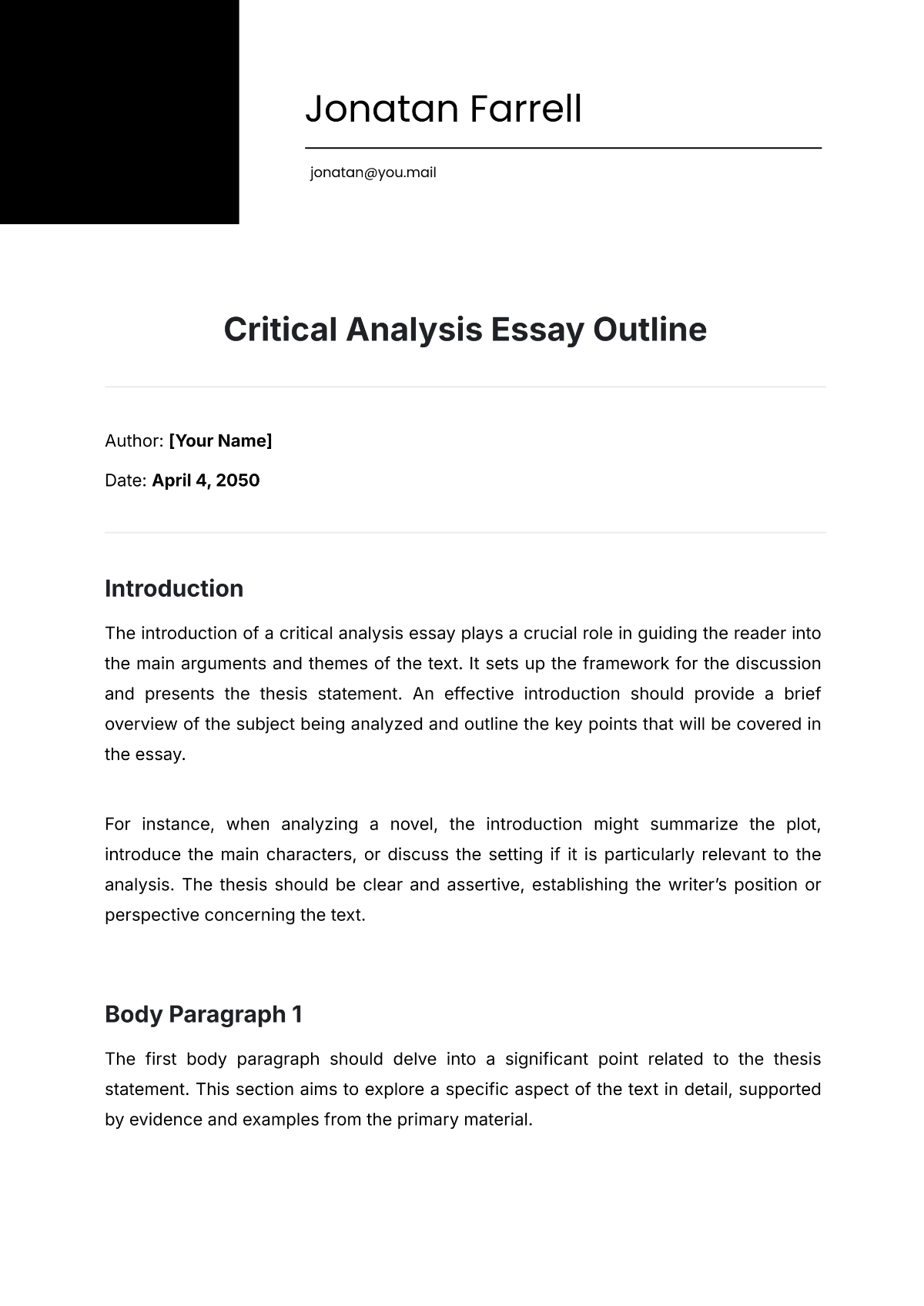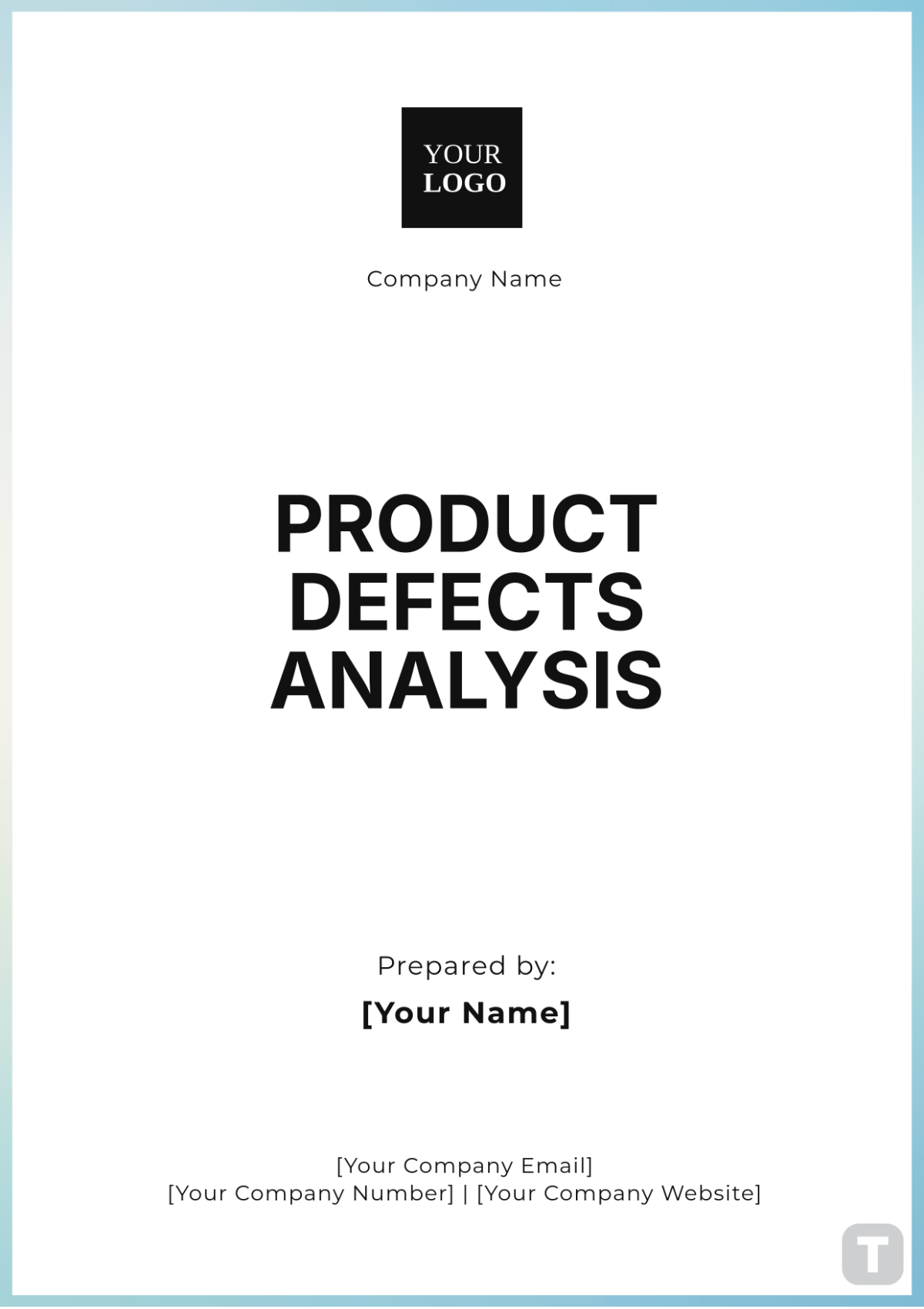Thorough Analysis of Employee Turnover and Retention Strategies
Document Version: 1.0 Date: January 1, 2050
EXECUTIVE SUMMARY
Purpose
This document serves as a comprehensive examination of employee turnover dynamics within our organization and the strategies in place to foster employee retention. This purposeful analysis is aimed at providing insights and actionable recommendations that will enable [Your Company Name] to maintain a motivated, engaged, and stable workforce.
Scope
The scope of this document encompasses an extensive exploration of various facets related to employee turnover and retention strategies. It encompasses a deep dive into historical turnover trends, cost implications, and benchmarking with industry standards. Furthermore, it scrutinizes the effectiveness of our current retention initiatives and gathers invaluable employee feedback.
By delving into these aspects, we aim to not only gain a holistic understanding of the factors contributing to employee turnover but also to evaluate the success of our existing strategies in retaining talent. This analysis doesn't merely offer insights; it lays the groundwork for strategic action that will empower [Your Company Name] to foster a workplace culture where employees are motivated to stay and thrive.
INTRODUCTION
Background
[Your Company Name], as a dynamic and forward-thinking organization, recognizes that its most valuable asset is its workforce. Employee turnover and retention are pivotal aspects that impact the organization's success, growth, and competitiveness. Understanding the intricacies of these factors is essential for crafting effective HR policies and practices.
Over the past years, the company has evolved, and so have the dynamics within our workforce. To adapt to changing expectations and to remain a preferred employer, we must gain a deeper understanding of why employees leave, the costs associated with such attrition, and how our current retention strategies measure up.
Objectives
The primary objectives of this analysis are multifold. Firstly, we aim to decipher the trends in employee turnover, identifying patterns and triggers for departures. Secondly, we strive to quantify the financial impact of employee turnover, encompassing recruitment costs, training expenses, and the loss of productivity.
Furthermore, we aspire to evaluate the effectiveness of our existing retention strategies and programs. We seek to understand which initiatives resonate with our workforce, fostering loyalty and commitment.
Lastly, our analysis will incorporate valuable employee feedback. The voices of our employees are a cornerstone in this assessment, providing insights into their experiences, needs, and expectations.
EMPLOYEE TURNOVER ANALYSIS
Turnover rates
HR Department:
In 2045, the HR department had a turnover rate of 10%, which was the highest among all departments.
Over the next few years, the turnover rate in the HR department decreased, reaching its lowest point at 9% in 2046, before gradually increasing again.
Sales Department:
The Sales department experienced a turnover rate of 8% in 2045, which was the second highest in the initial year.
Similar to the HR department, turnover in Sales saw a slight decrease in 2046 to 7% and then gradually increased over the years.
IT Department:
The IT department had the lowest turnover rate in 2045 at 5%.
Over the following years, the turnover rate in IT remained relatively low, with some fluctuations, but it stayed below 10%.
Marketing Department:
The Marketing department had a turnover rate of 7% in 2045, which was higher than IT but lower than HR and Sales.
Similar to IT, turnover in Marketing remained relatively steady, with some minor fluctuations.
Operations Department:
In 2045 the Operations department had a turnover rate of 6%, which was the second lowest among all departments.
Over the years, the turnover rate in Operations followed a similar pattern to Marketing, with minor fluctuations but no significant spikes.
Overall, the data shows that the HR and Sales departments had the highest turnover rates in the initial year (2045), but turnover rates in most departments gradually increased over time. The IT department consistently had the lowest turnover rate, indicating a more stable workforce. The Marketing and Operations departments had turnover rates in between, with relatively steady employment.
Turnover reasons
Job Satisfaction (30%): The largest segment of the pie chart is attributed to job satisfaction as a turnover reason. This indicates that a significant portion of employees leaving the organization cited dissatisfaction with their current roles, work environment, or job-related factors as the primary driver for their departure.
Compensation (25%): The second-largest segment represents compensation-related issues. A quarter of the turnover can be attributed to employees seeking better compensation packages or feeling underpaid relative to their industry or market standards.
Lack of Career Development (20%): Career development opportunities are a substantial concern for employees, as evidenced by the sizeable 20% segment. Employees may have left due to a perceived lack of growth prospects or opportunities for skill development within the organization.
Work-Life Balance (15%): Work-life balance emerges as another notable turnover factor, contributing to 15% of the departures. This suggests that some employees may have found it challenging to balance their professional and personal lives effectively.
Relocation (5%): A smaller but still significant portion of employees left the organization due to relocation reasons. This could include factors such as the need to move to a different location or changes in personal circumstances requiring a move.
Personal Reasons (5%): The smallest segment represents turnover driven by personal reasons, which could encompass a wide range of individual circumstances not directly related to work or compensation.
Overall Insights:
The pie chart underscores the importance of addressing job satisfaction, compensation, and career development to mitigate turnover rates effectively. Strategies to enhance employee satisfaction, offer competitive compensation packages, and provide growth opportunities should be considered.
While work-life balance and personal reasons contribute to turnover, they are relatively smaller factors compared to job satisfaction, compensation, and career development. However, these issues should not be overlooked, and efforts to support employees in achieving a healthier work-life balance can be beneficial.
The data suggests that a well-rounded approach to employee retention should include efforts to improve job satisfaction, offer competitive compensation, provide career advancement opportunities, and support employees in managing their work-life balance.
Continuous feedback mechanisms, regular employee engagement surveys, and exit interviews can further help in identifying and addressing specific issues contributing to turnover.
RETENTION STRATEGIES EVALUATION
Current Strategies Assessment
Our assessment of current retention strategies highlights the strengths and weaknesses of existing programs. Notably, our analysis indicates that while our company has implemented several commendable initiatives, the effectiveness of these strategies varies among departments and employee segments. Some programs show significant success, while others require fine-tuning.
Effectiveness of Retention Programs
To evaluate program effectiveness, we've analyzed data on employee participation, satisfaction, and retention rates before and after the implementation of specific initiatives. For instance, our "Mentorship Program" has demonstrated remarkable success, with participants reporting increased job satisfaction and reduced turnover. In contrast, our "Compensation Enhancement Program" needs revision to better align with employee expectations.
Employee Feedback
Employee feedback has played a crucial role in assessing the impact of retention programs. Surveys and interviews have revealed employees' perceptions of the programs and their suggestions for improvement. This feedback emphasizes the importance of two-way communication and continuous improvement in our retention efforts.
BEST PRACTICES AND INDUSTRY TRENDS
Industry Benchmarking
In addition to assessing our own retention strategies, we've conducted a thorough benchmarking exercise against industry leaders. We've found that many successful organizations are prioritizing the following best practices:
Holistic Well-being Initiatives: Top-performing companies are investing in holistic employee well-being programs that go beyond physical health. They focus on mental health support, stress management, and fostering a healthy work-life balance.
Continuous Learning and Development: Industry leaders are promoting continuous learning and development through personalized training, mentoring, and upskilling opportunities. This not only enhances employee skills but also increases their job satisfaction and sense of career growth.
Flexible Work Arrangements: The adoption of flexible work arrangements, including remote work options, has become a prevalent trend. This flexibility allows employees to better balance their personal and professional lives, resulting in increased job satisfaction.
Diversity, Equity, and Inclusion (DEI): Companies committed to DEI initiatives have lower turnover rates. They create inclusive workplaces that celebrate diversity and provide equal opportunities for all employees.
Recognition and Rewards: Recognizing and rewarding employees for their contributions is crucial. Companies with well-defined recognition and rewards programs report higher levels of employee engagement and retention.
Emerging Trends
Looking ahead, we anticipate several emerging trends that can further impact employee retention:
Hybrid Work Models: The future of work is expected to feature hybrid models that combine in-office and remote work. This flexibility will continue to be a key factor in attracting and retaining talent.
Emphasis on Mental Health: Mental health support will become even more critical. Companies are expected to invest in mental health programs, destigmatizing mental health issues, and providing resources to help employees manage stress and anxiety.
AI-Driven Personalization: Artificial intelligence will play a larger role in personalizing employee experiences. AI-powered tools can analyze employee data to provide tailored career paths, training recommendations, and work arrangements.
Sustainability Initiatives: Organizations that demonstrate a commitment to environmental and social sustainability are likely to appeal to a growing segment of socially-conscious employees.
RECOMMENDATIONS
Short-Term Action Plan
Building on our findings and industry insights, we propose the following short-term actions to address immediate retention challenges:
Enhanced Communication: Improve communication channels to gather regular feedback from employees, identify concerns, and address them promptly.
Training and Development: Increase investment in training and development programs to upskill employees and provide a clear path for career growth.
Mentorship Programs: Implement mentorship programs that connect experienced employees with newer team members to foster a sense of belonging and career guidance.
Flexible Work Policies: Develop clear and inclusive flexible work policies that accommodate various work arrangements while maintaining productivity.
Long-Term Strategic Initiatives
To build a sustainable culture of employee retention, we propose the following long-term strategic initiatives:
Holistic Well-being Programs: Develop a comprehensive well-being program that addresses physical, mental, and emotional health, providing employees with resources and support to thrive.
Diversity and Inclusion Initiatives: Implement diversity and inclusion initiatives that promote equal opportunities, celebrate differences, and create a sense of belonging for all employees.
Career Pathing: Establish clear career paths for employees, highlighting opportunities for advancement within the organization. Provide training and development programs to support these paths.
Recognition and Rewards Overhaul: Revamp our recognition and rewards system to ensure that employees are consistently acknowledged and rewarded for their contributions.
Sustainability Commitment: Embed sustainability practices into our corporate culture and communicate our commitment to environmental and social responsibility.
MONITORING AND EVALUATION
Key Performance Indicators (KPIs)
To effectively track the success of our retention initiatives, [Your Company Name] will establish a set of KPIs tailored to our organization's unique goals and challenges. These KPIs will include but are not limited to:
Turnover Rate: Continuously monitor and analyze the turnover rate across departments and demographics to identify trends and areas of concern.
Employee Satisfaction: Regularly conduct employee satisfaction surveys to gauge sentiment and identify areas that require improvement.
Retention Rates: Measure and compare retention rates among employees who have participated in specific retention programs against those who have not.
Productivity Metrics: Assess changes in individual and team productivity over time to determine the impact of retention strategies on overall performance.
Training and Development Participation: Track the participation rate in training and development programs to evaluate their influence on employee engagement and retention.
Periodic Reviews
In line with our commitment to continuous improvement, [Your Company Name] will conduct periodic reviews of our retention strategies and their outcomes. These reviews will be scheduled as follows:
Short-term Reviews: At regular intervals throughout the year, a cross-functional team will assess the progress of short-term actions outlined in the retention plan, making adjustments as needed.
Annual Retention Audits: Annually, a comprehensive audit of our retention efforts will be conducted, evaluating both short-term actions and the long-term strategic initiatives.
Employee Feedback Integration: Employee feedback, collected through surveys and interviews, will be continuously integrated into the review process to ensure that our strategies remain aligned with employee needs.
Continuous Improvement
The results of the periodic reviews will serve as the foundation for continuous improvement in our retention efforts. [Your Company Name] is committed to:
Iterative Refinement: Making necessary adjustments to our retention strategies based on insights gained from periodic reviews and feedback from employees.
Staying Agile: Remaining agile and adaptable to changing workforce dynamics, industry trends, and employee expectations.
Research and Development: Investing in ongoing research and development of innovative retention practices to stay ahead of evolving challenges.
CONCLUSION
Summary of Findings
In summary, our analysis of employee turnover and retention strategies has provided critical insights into the factors influencing our workforce's stability. We have identified key areas where immediate action is required and have outlined both short-term and long-term strategies to address these concerns.
Our commitment to employee retention is underscored by our dedication to creating a workplace that not only attracts top talent but also nurtures their growth, satisfaction, and loyalty.
Commitment to Employee Retention
[Your Company Name] understands that our employees are our most valuable asset. Employee retention is not merely a strategic goal; it is a fundamental commitment to our people. We are steadfast in our resolve to foster an environment where our employees feel valued, engaged, and motivated to contribute to our shared success.
By implementing the recommendations outlined in this document, we are poised to create a workplace that goes beyond 2050 with a workforce that remains resilient, loyal, and dedicated to achieving our organizational goals. Together, we will build a brighter future for our employees and our company.
